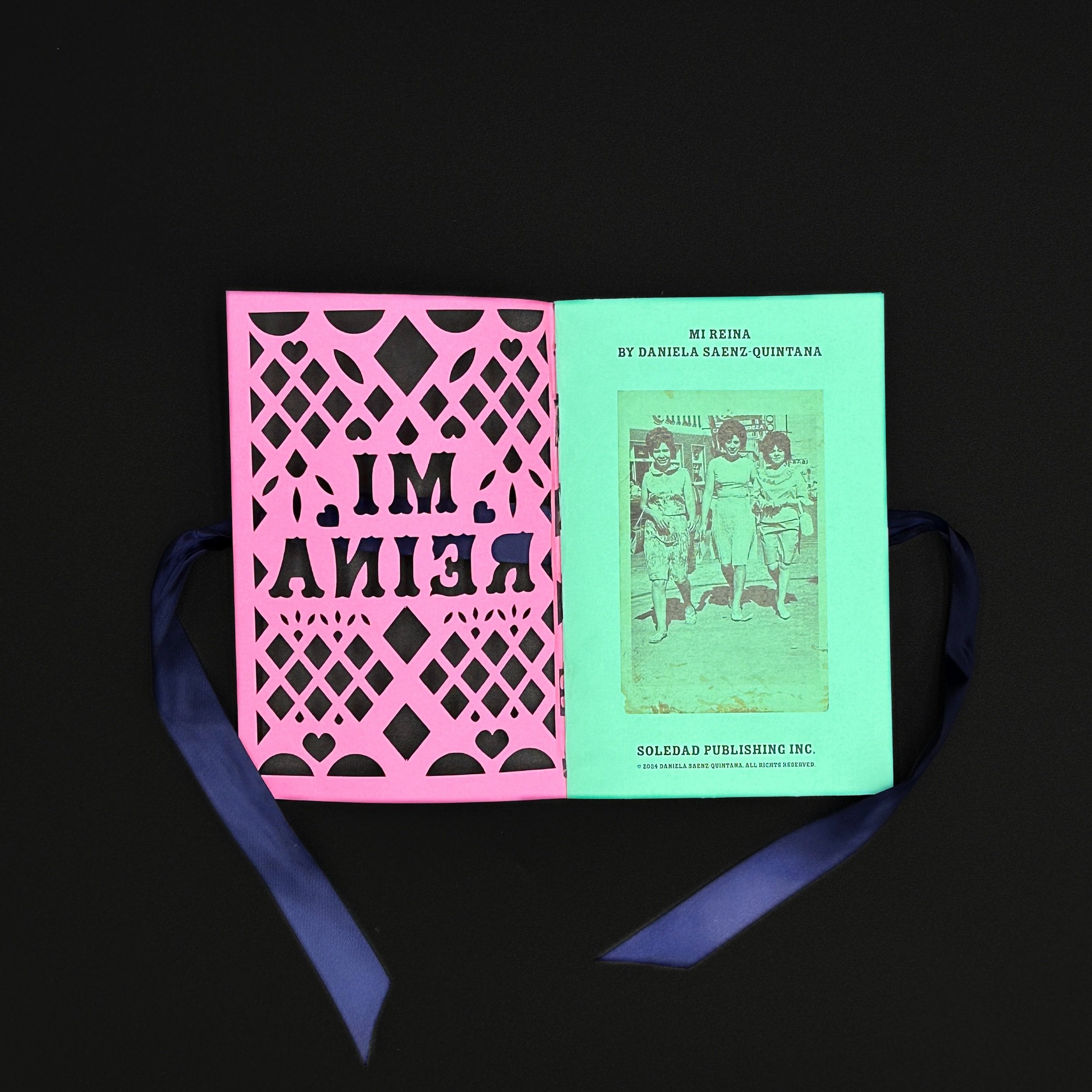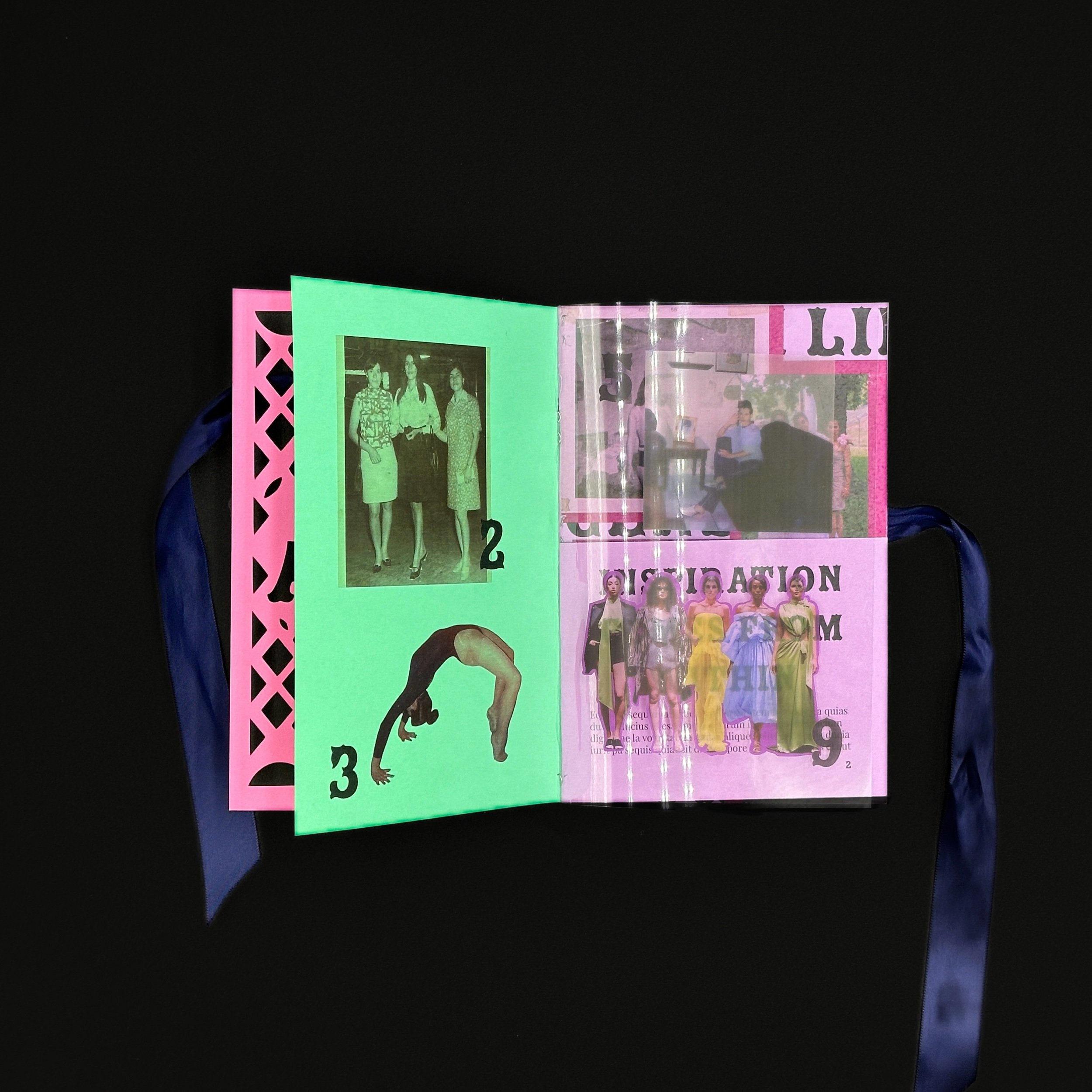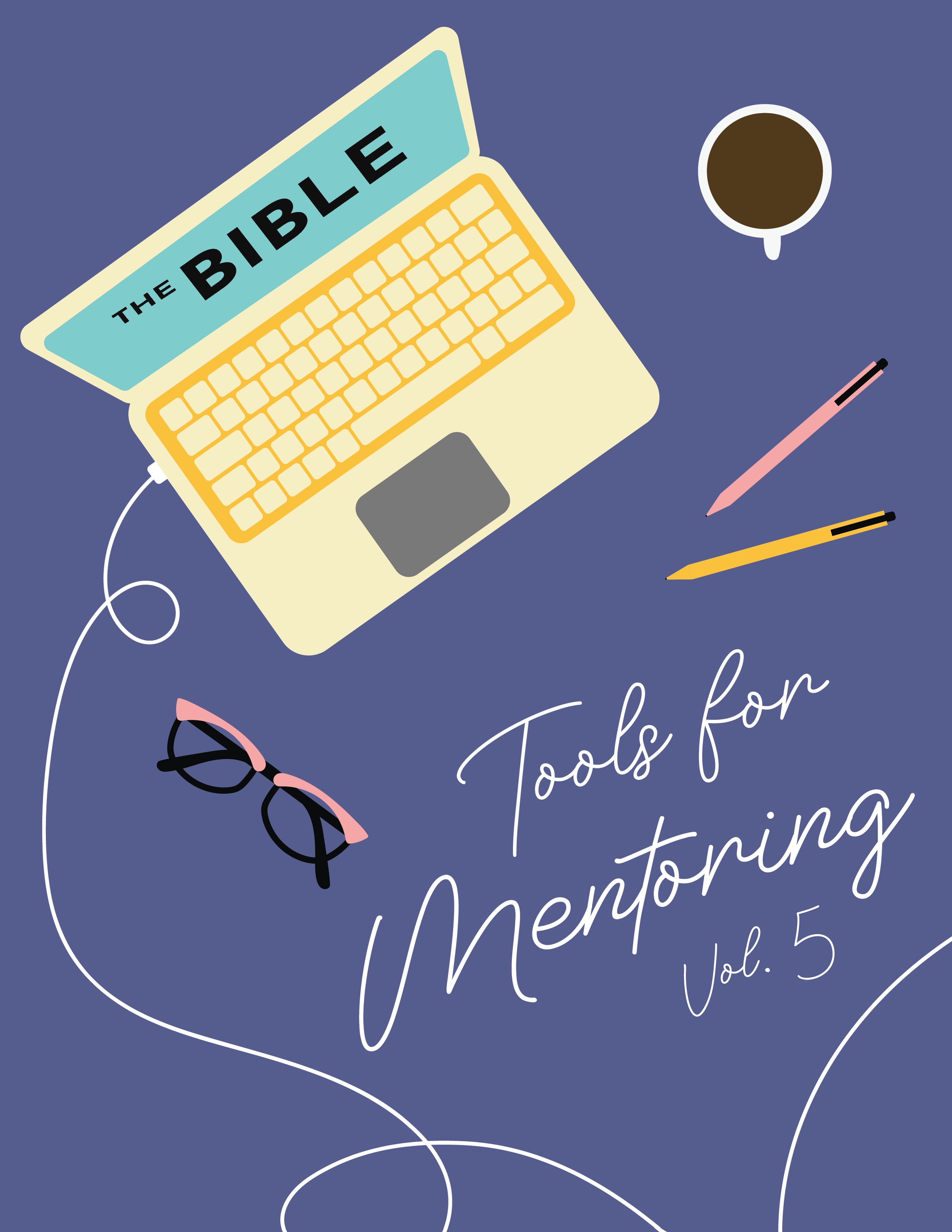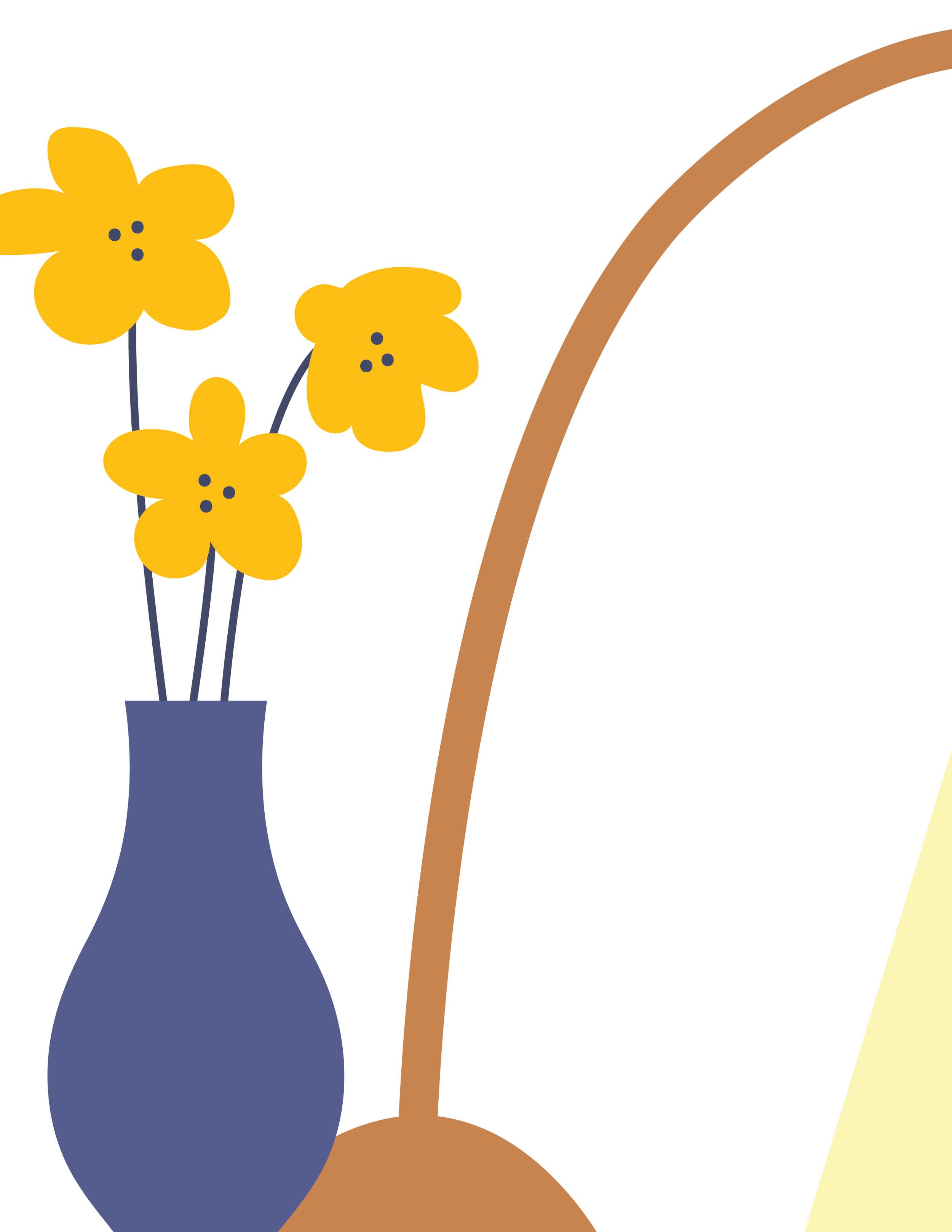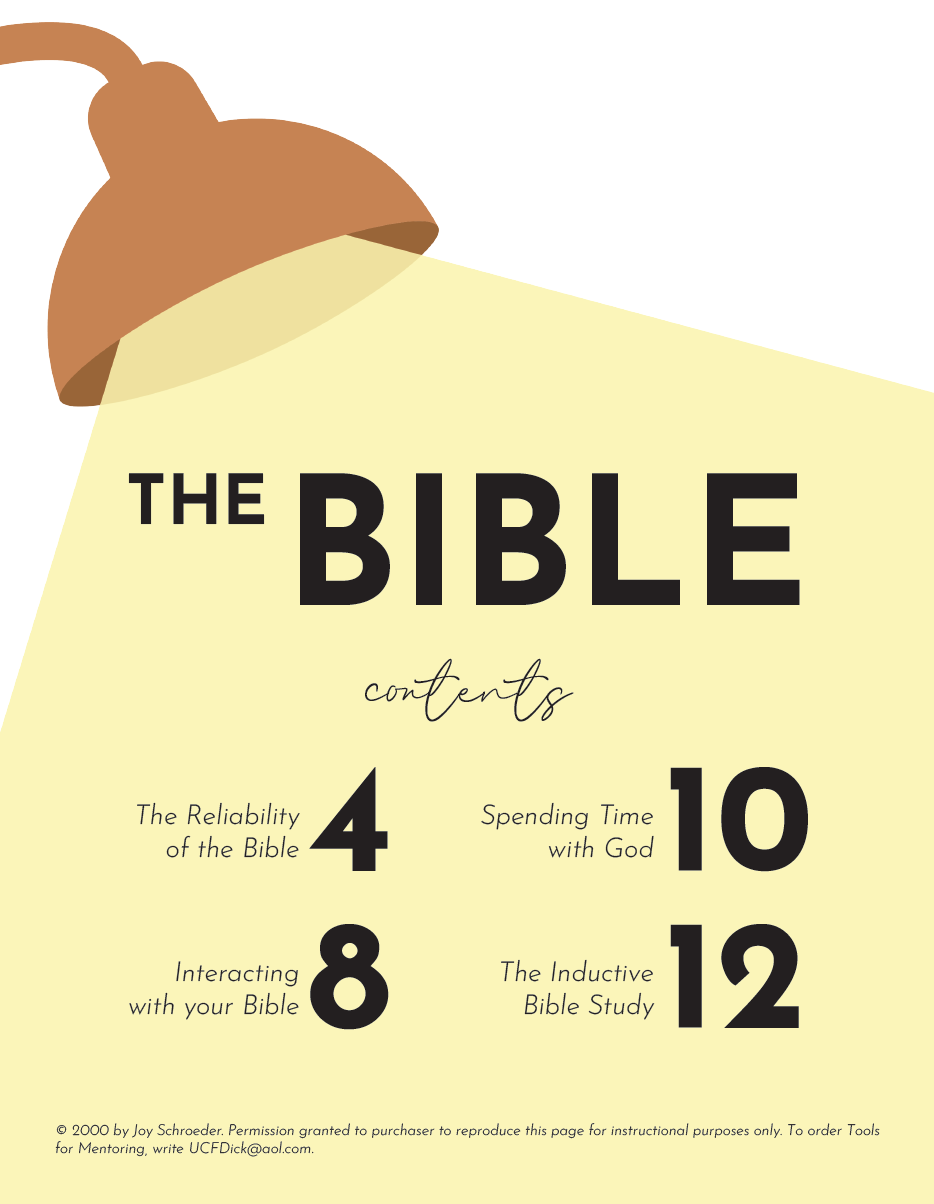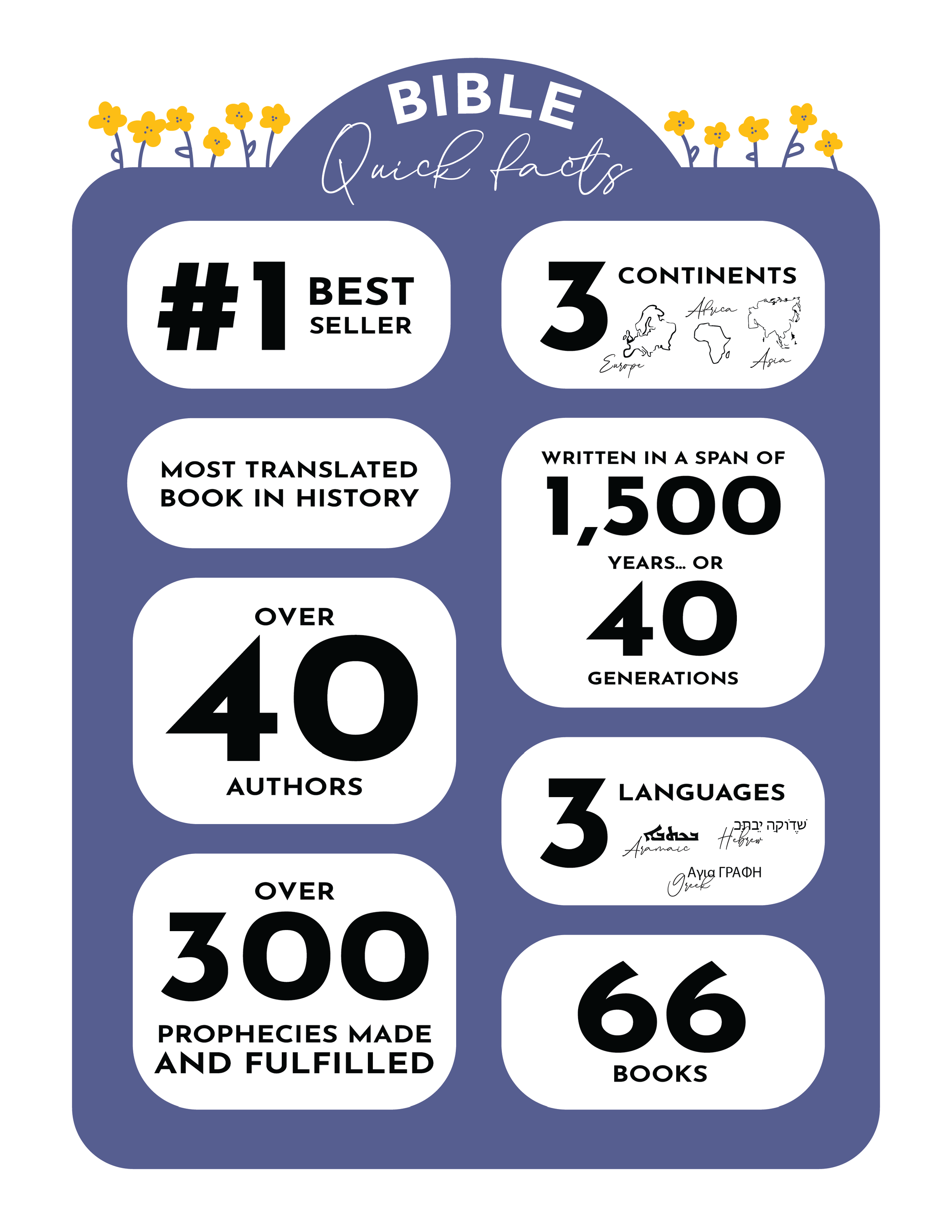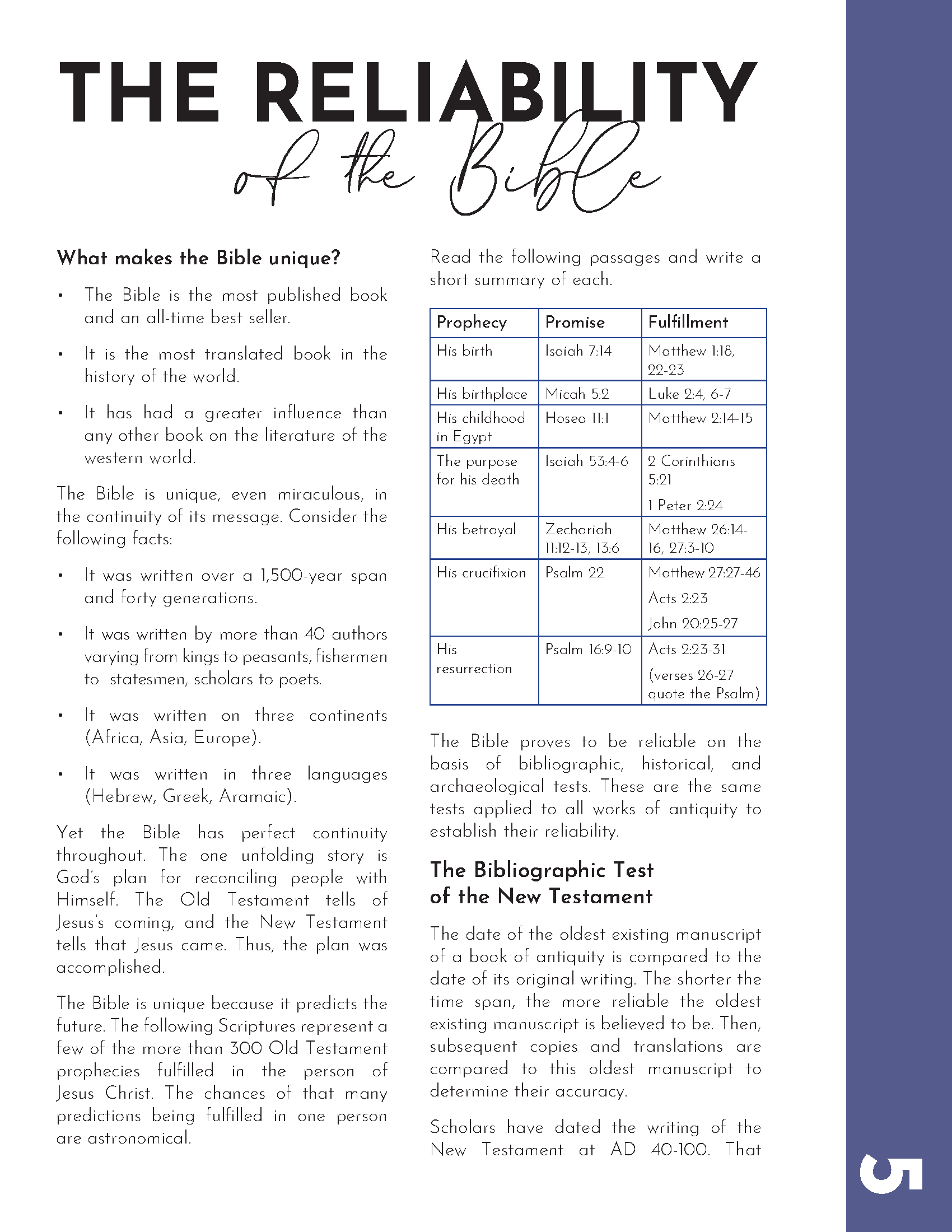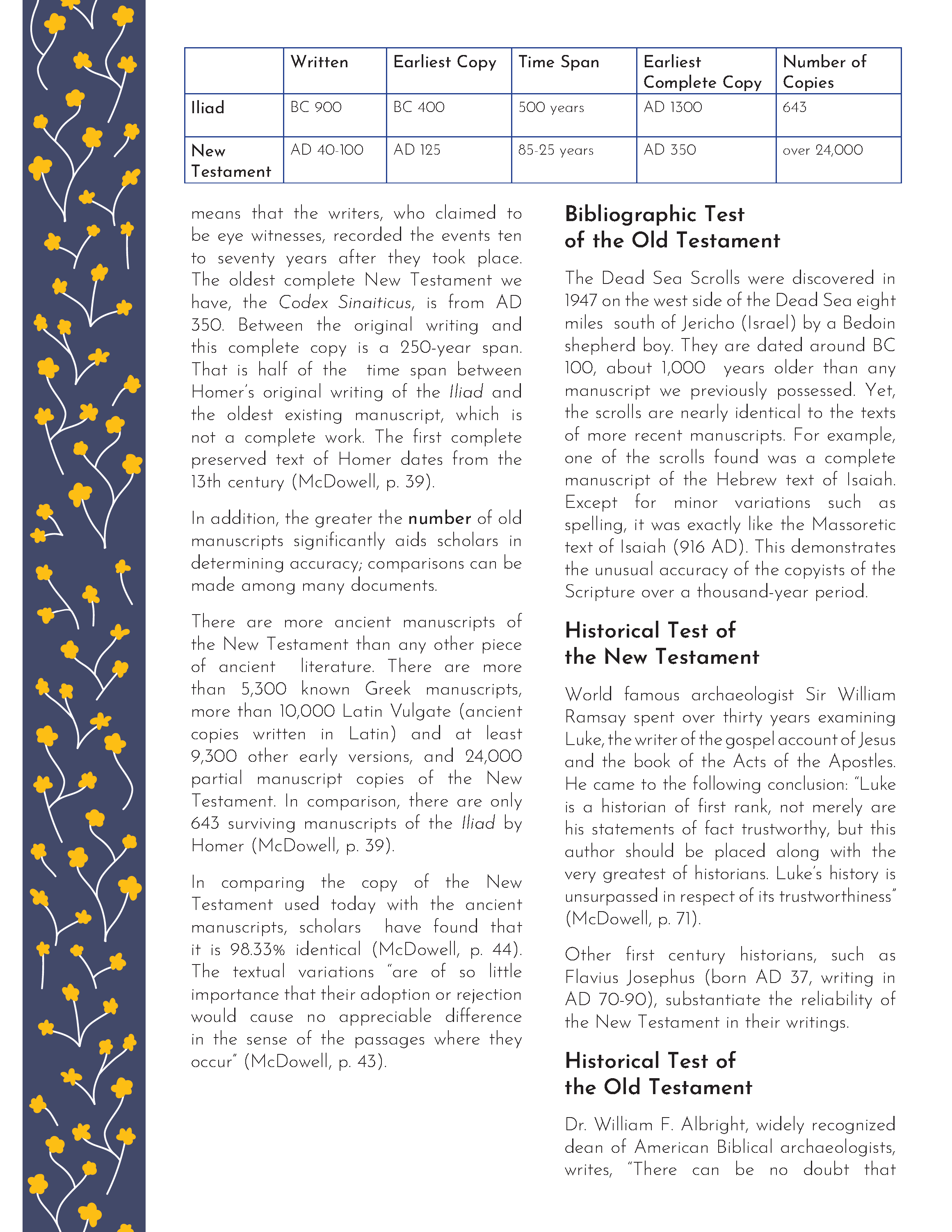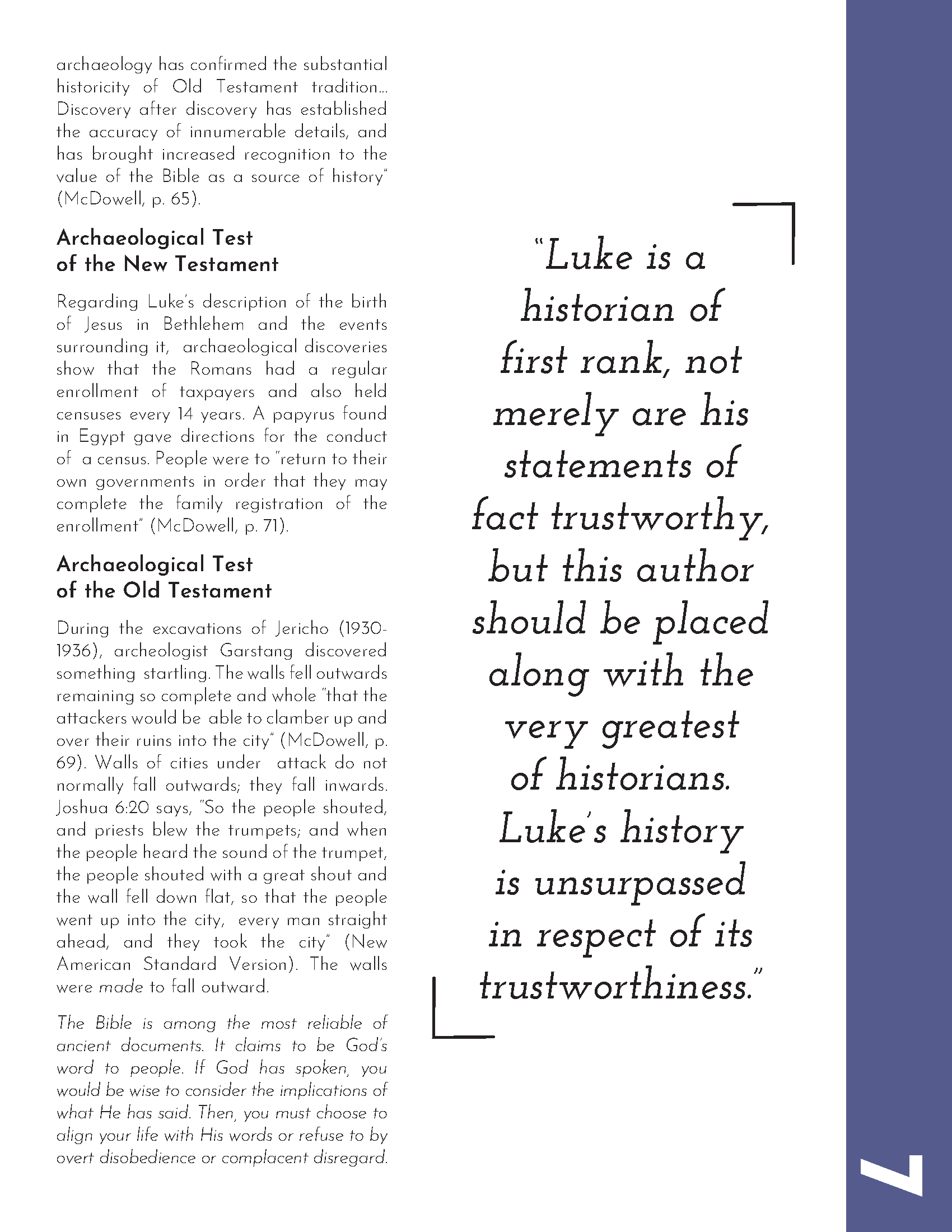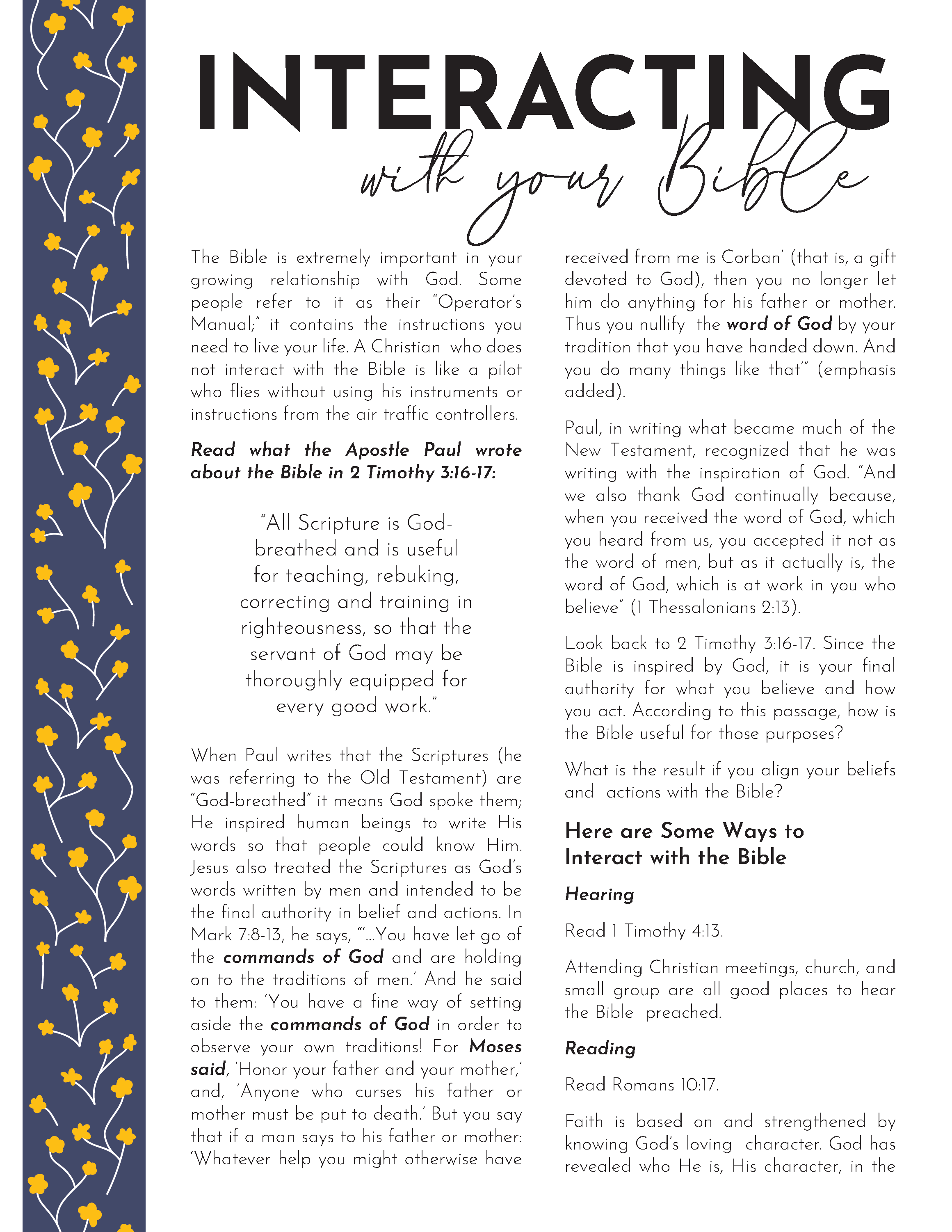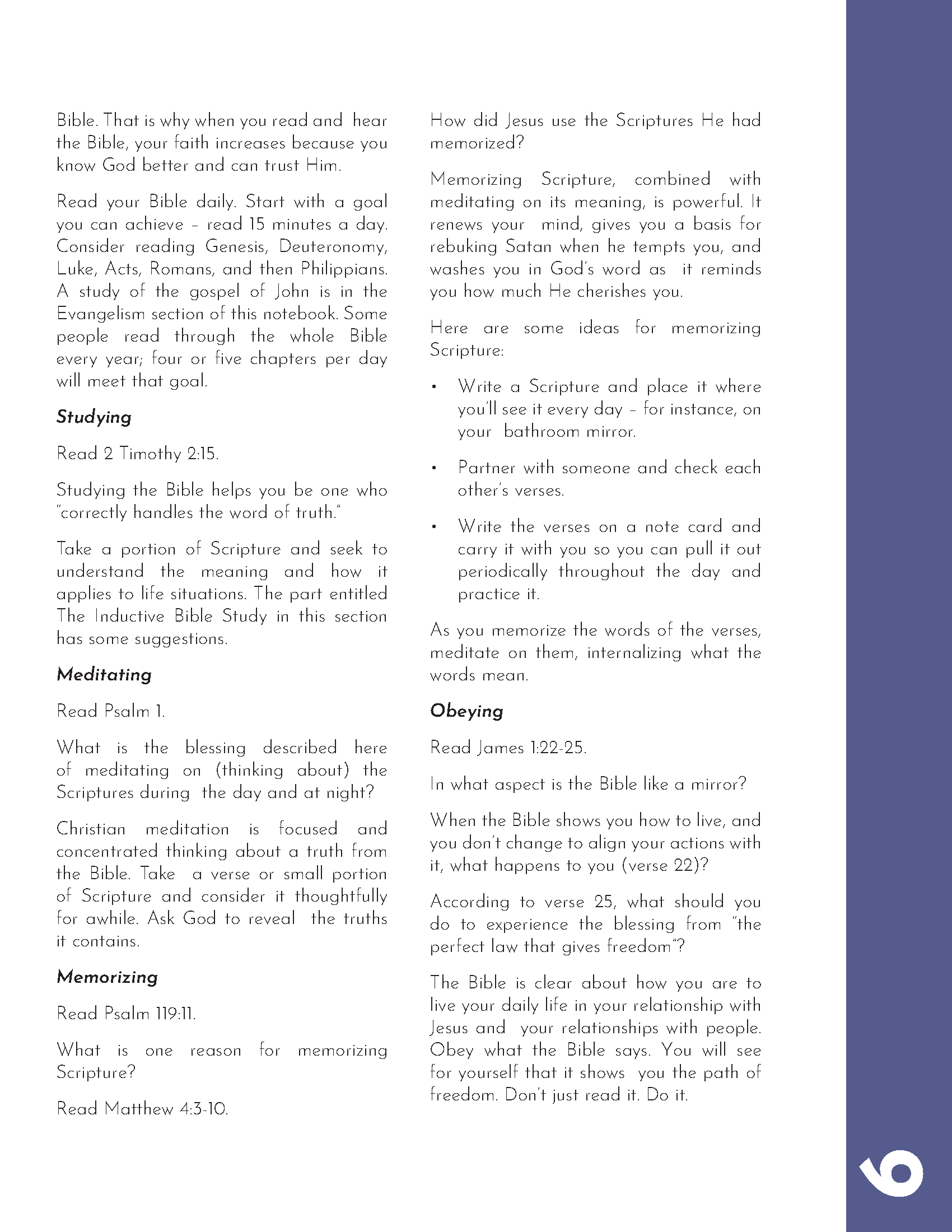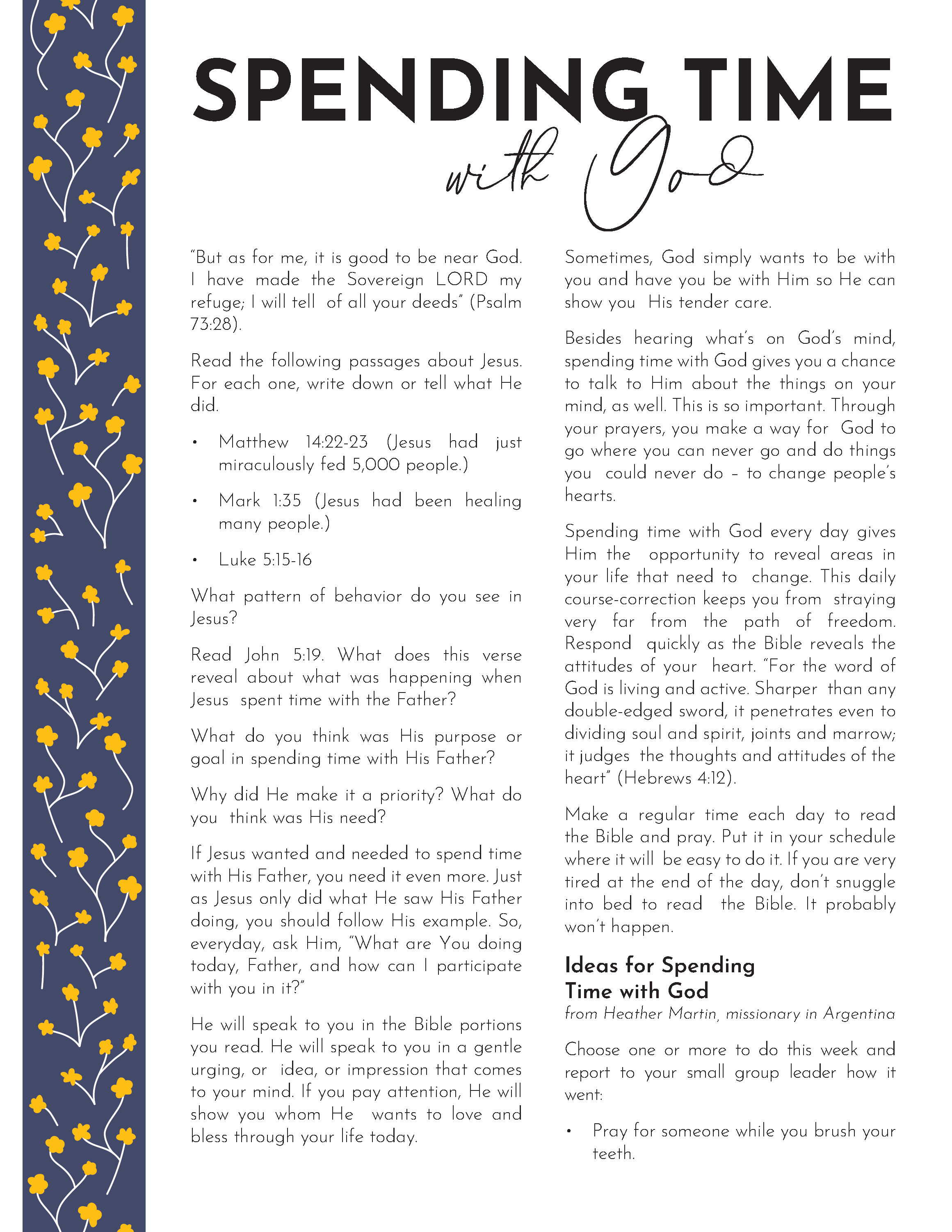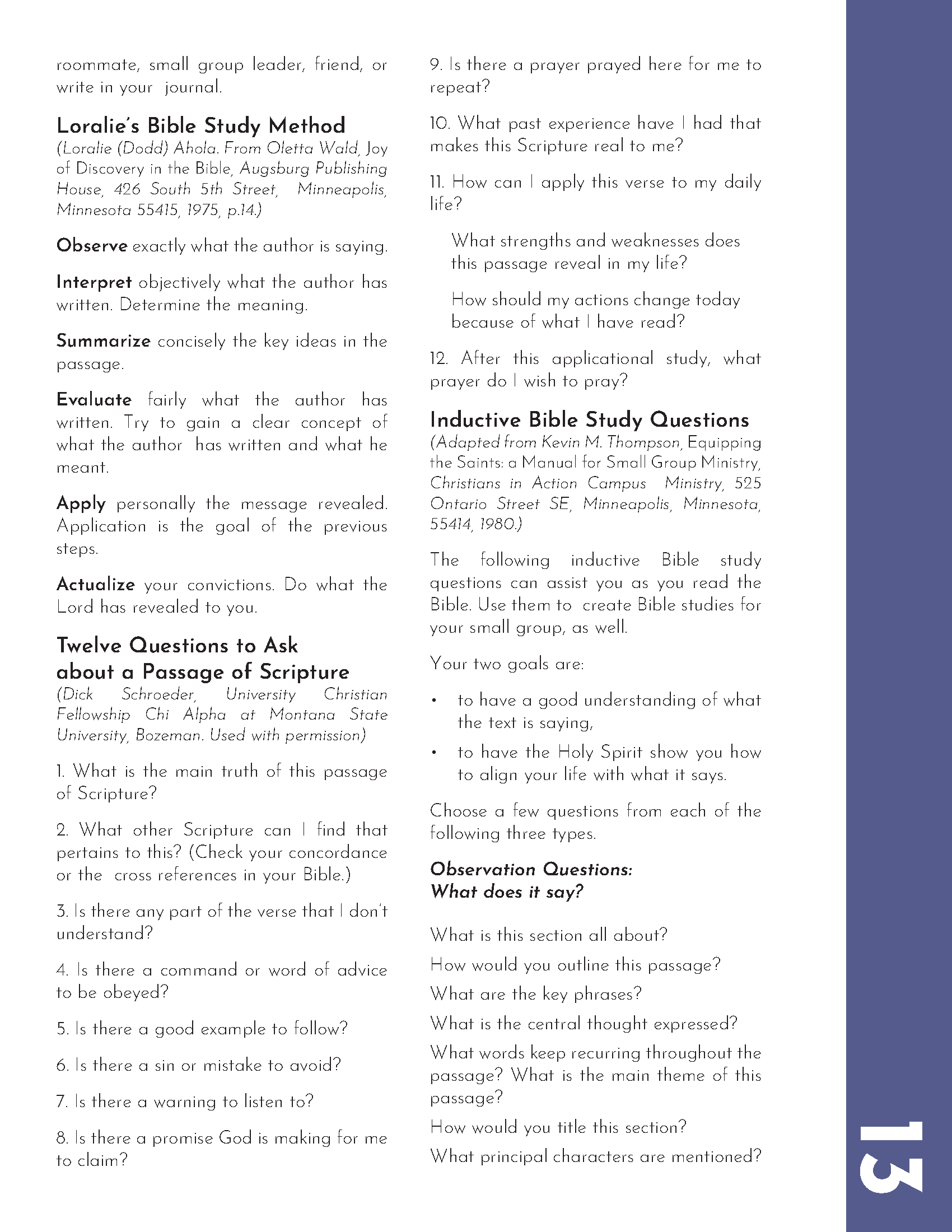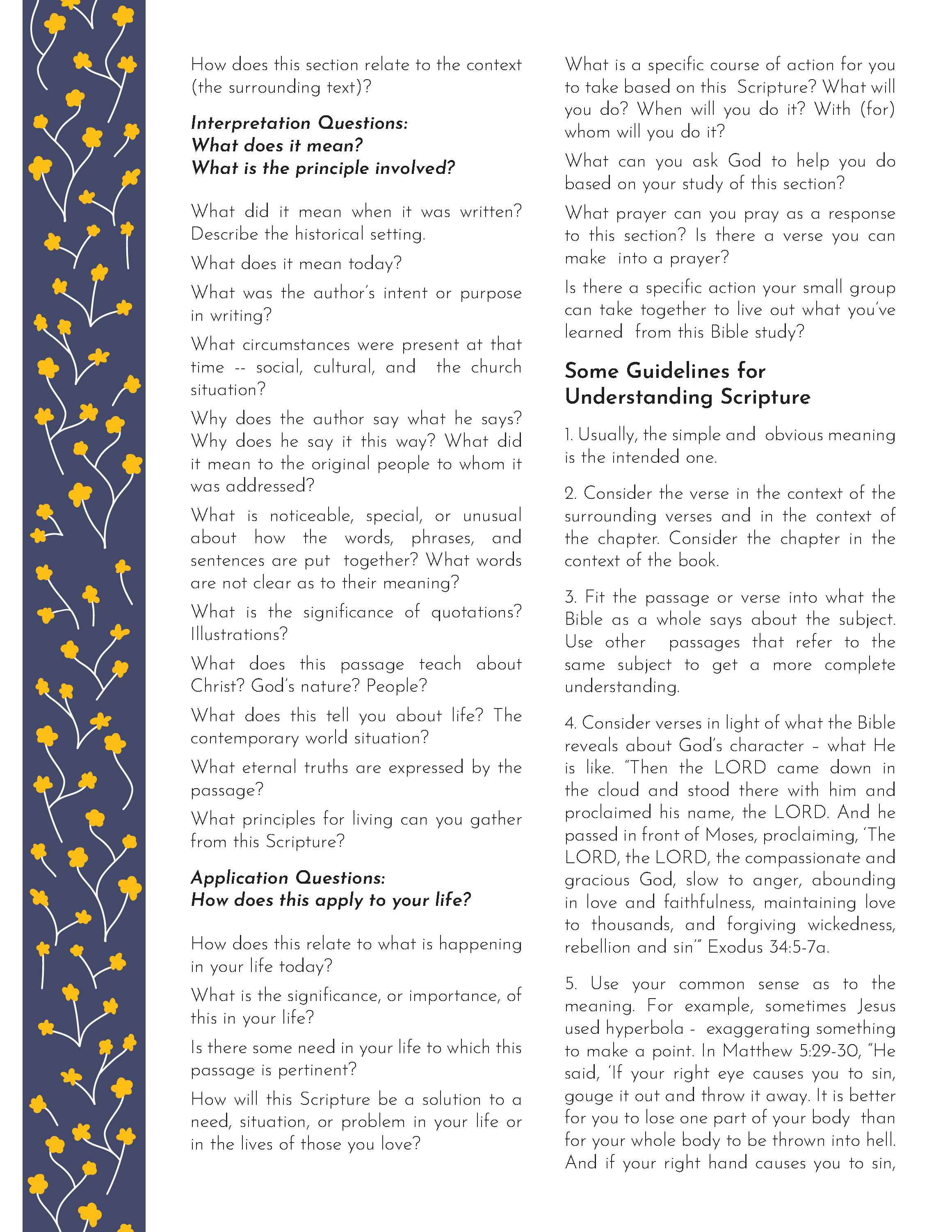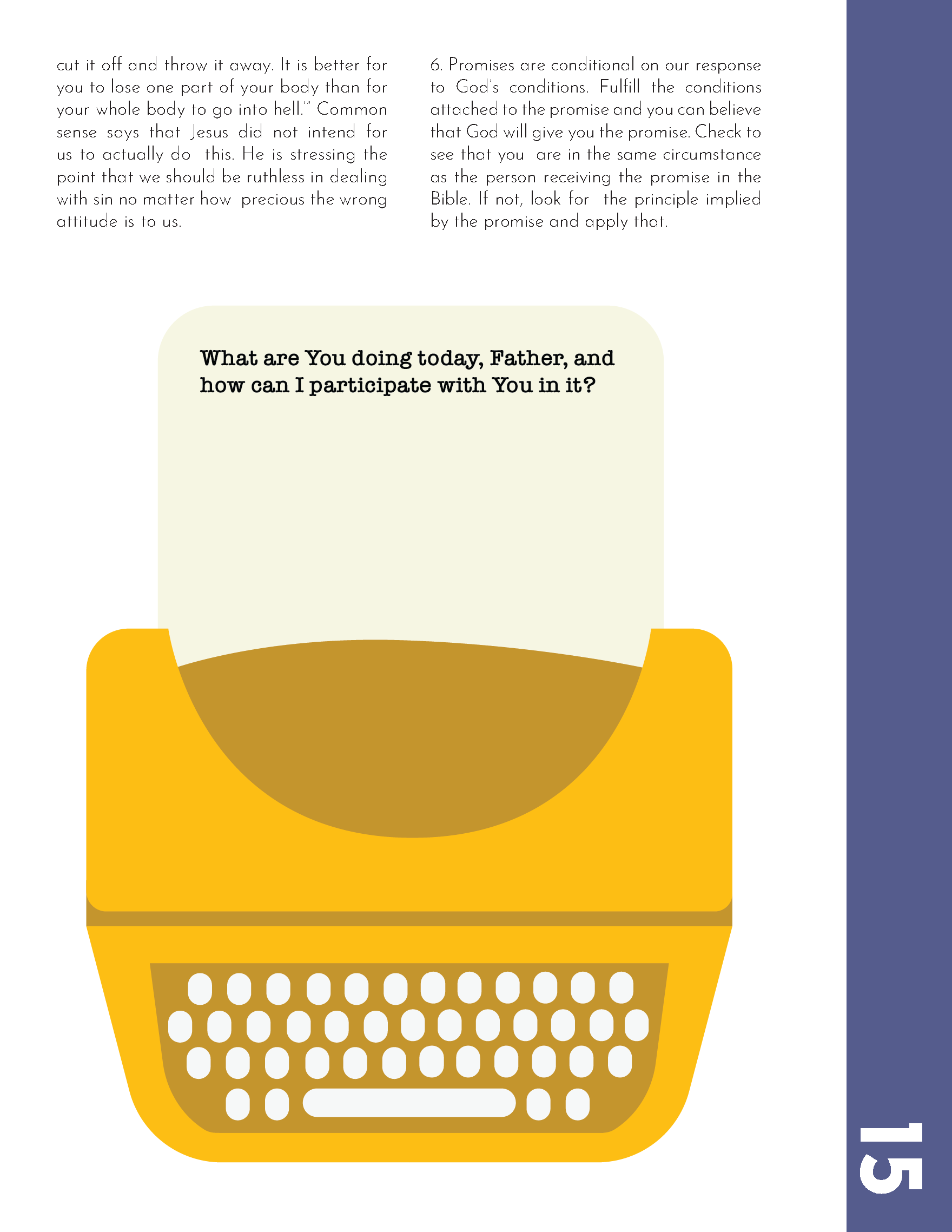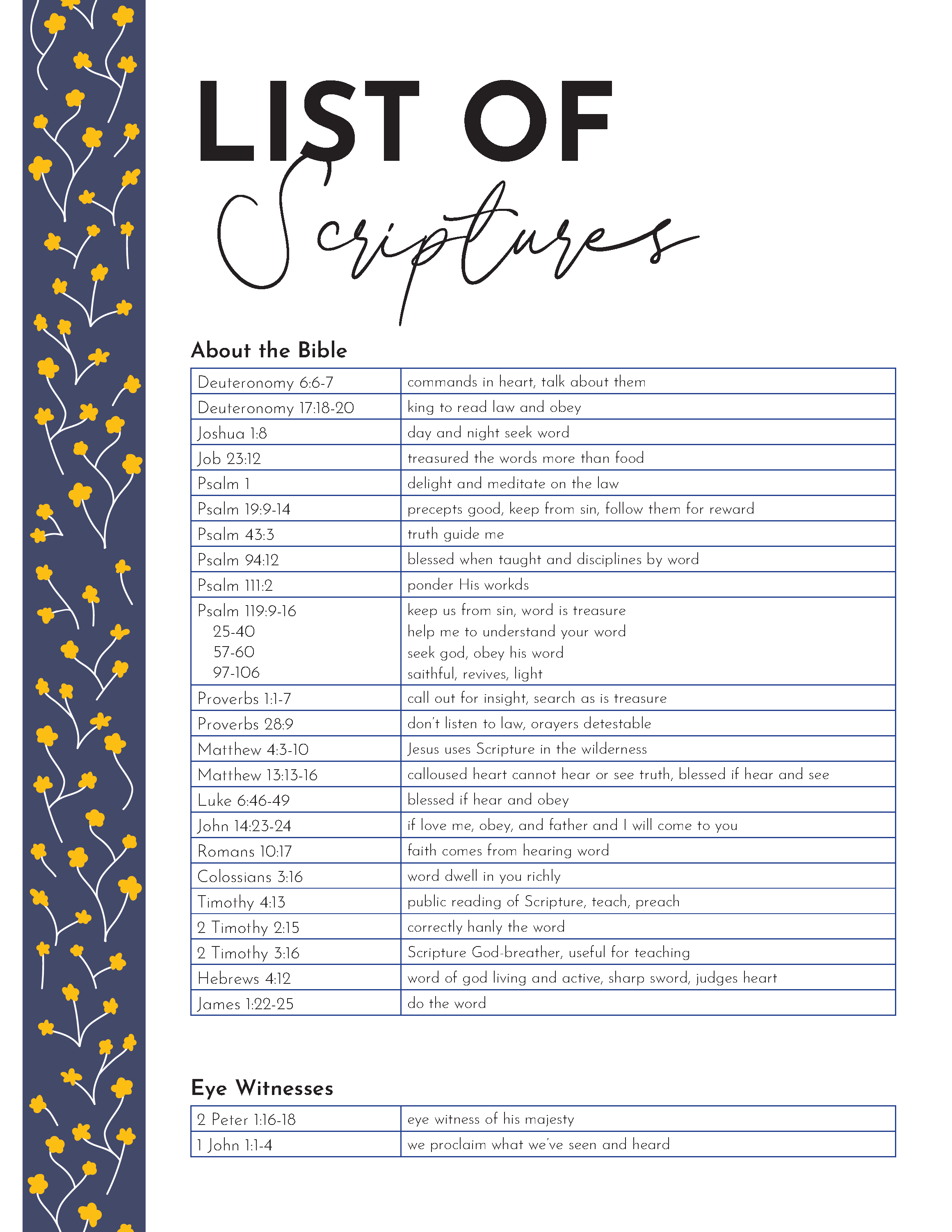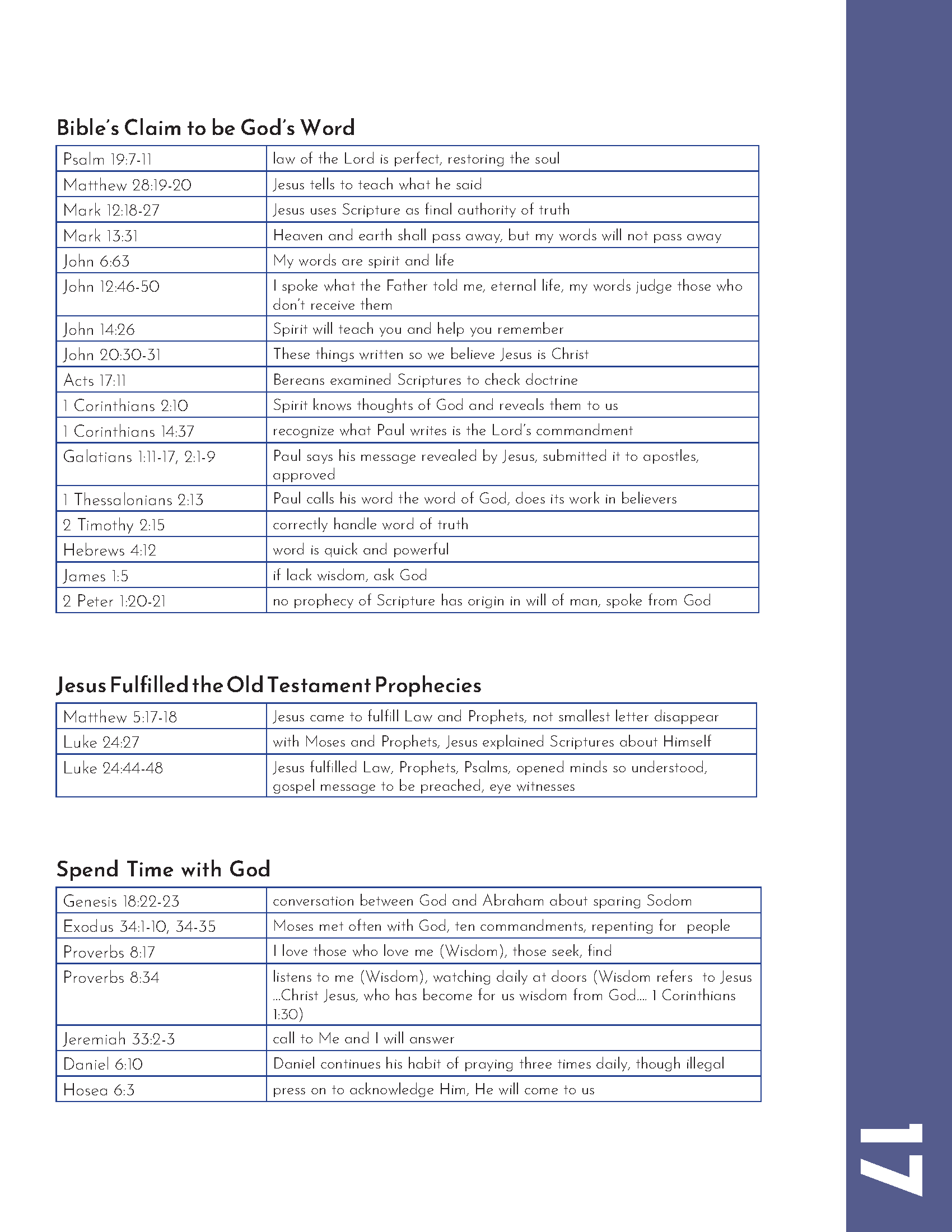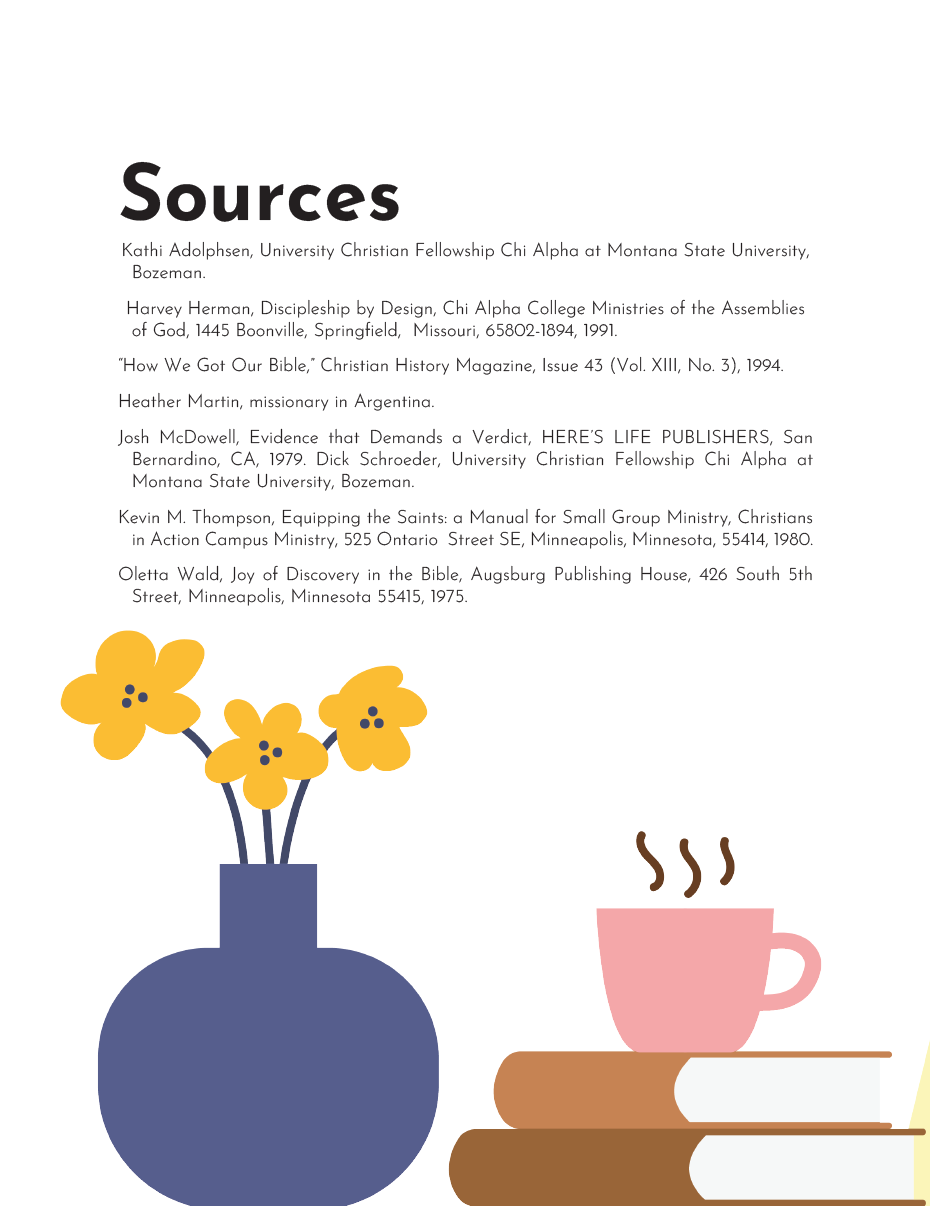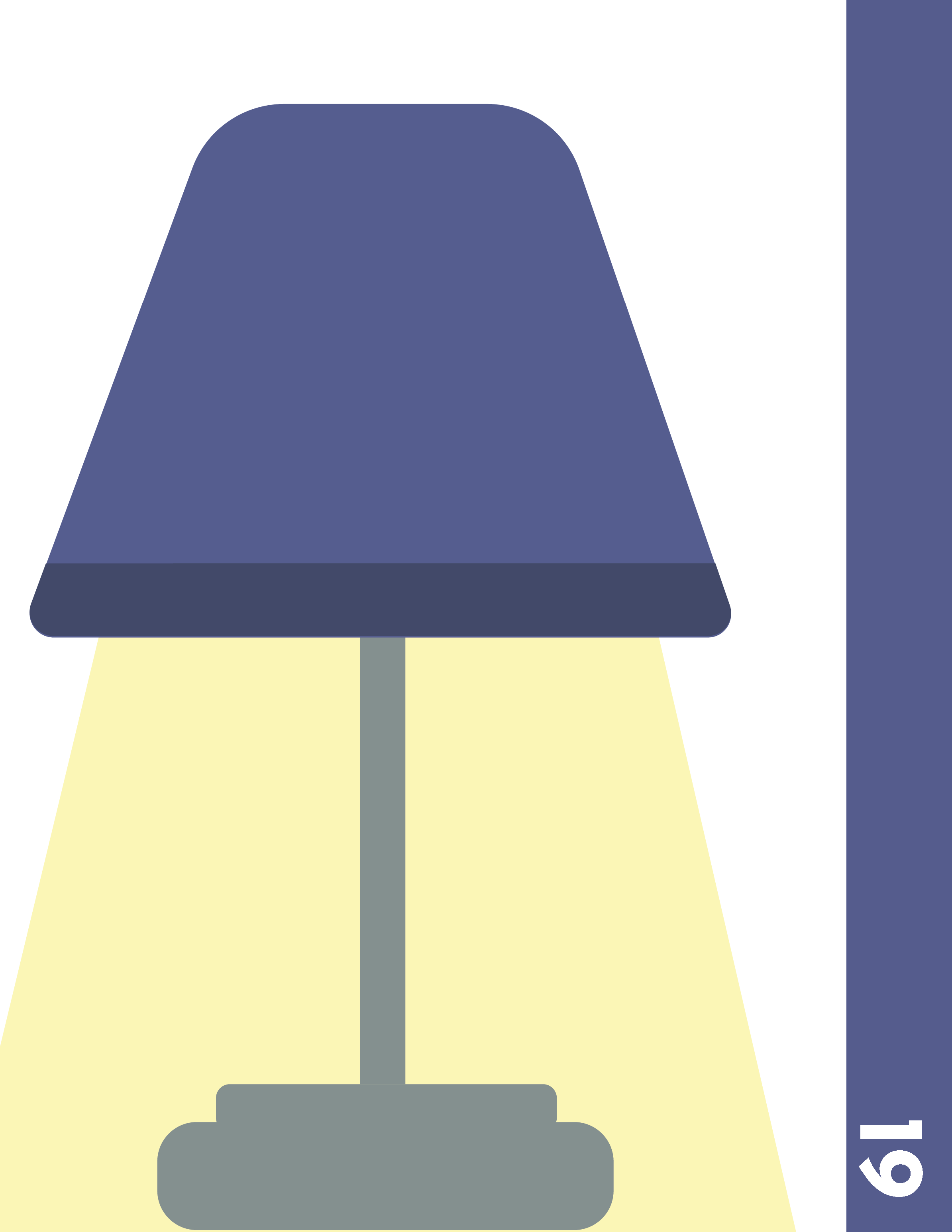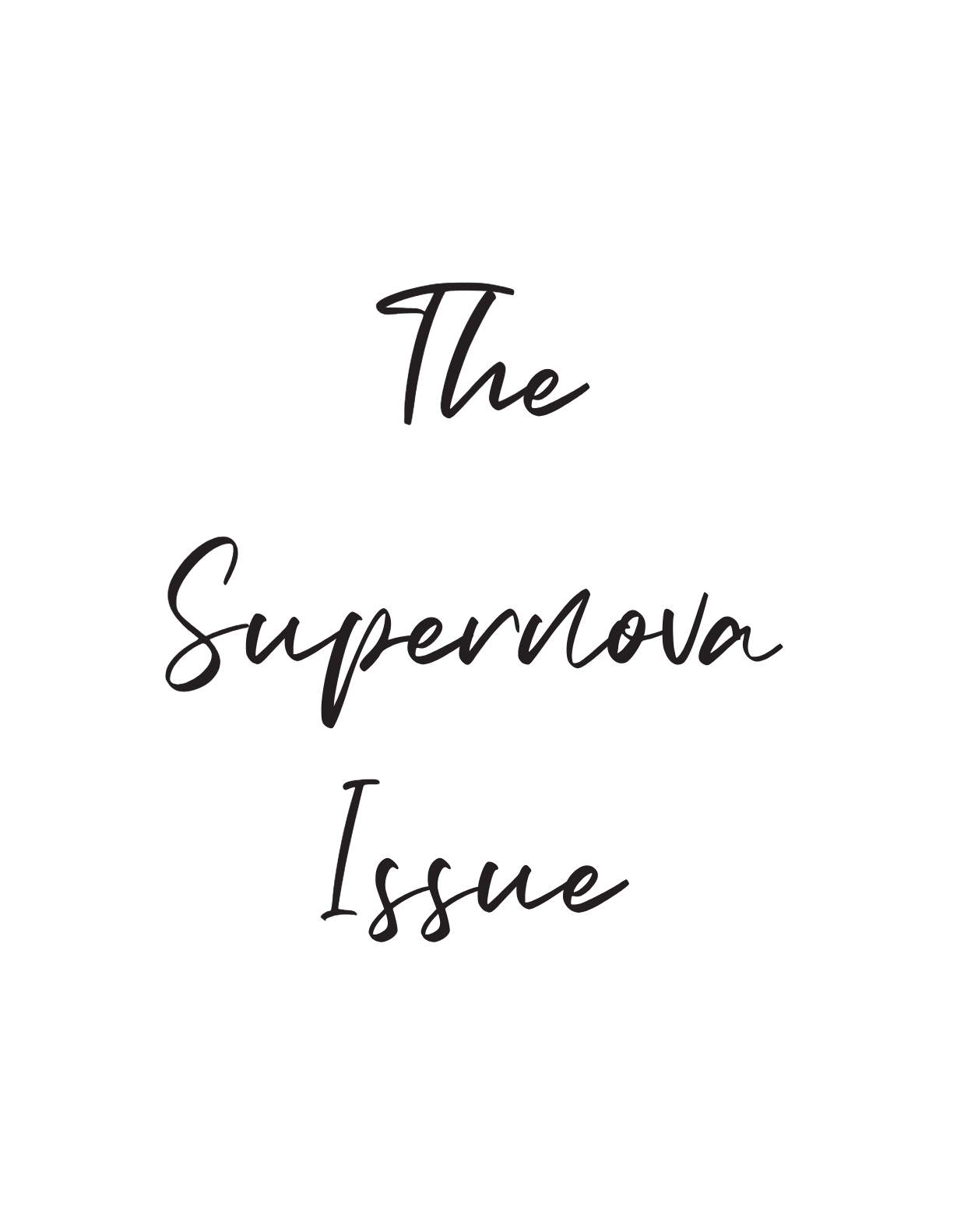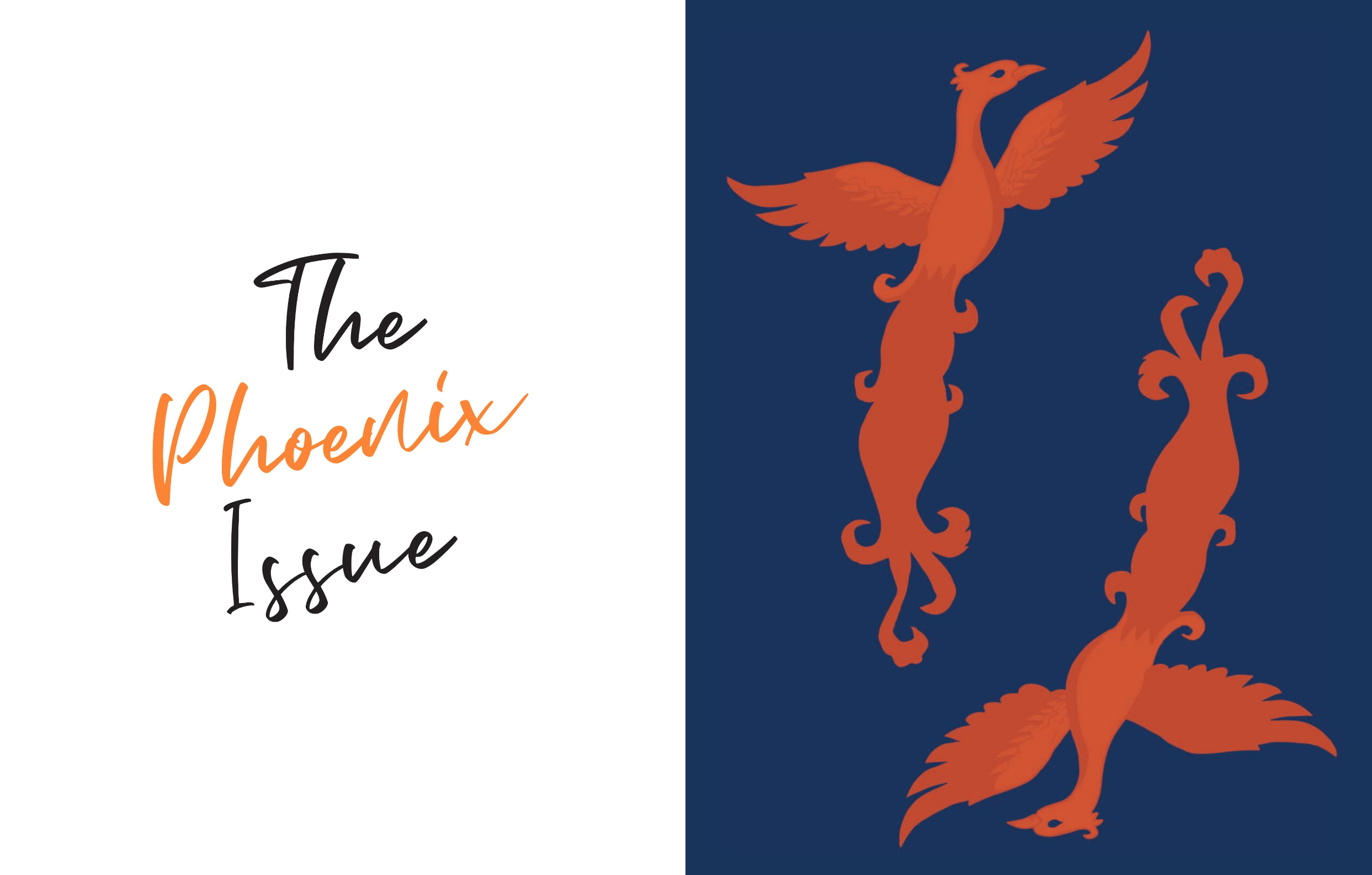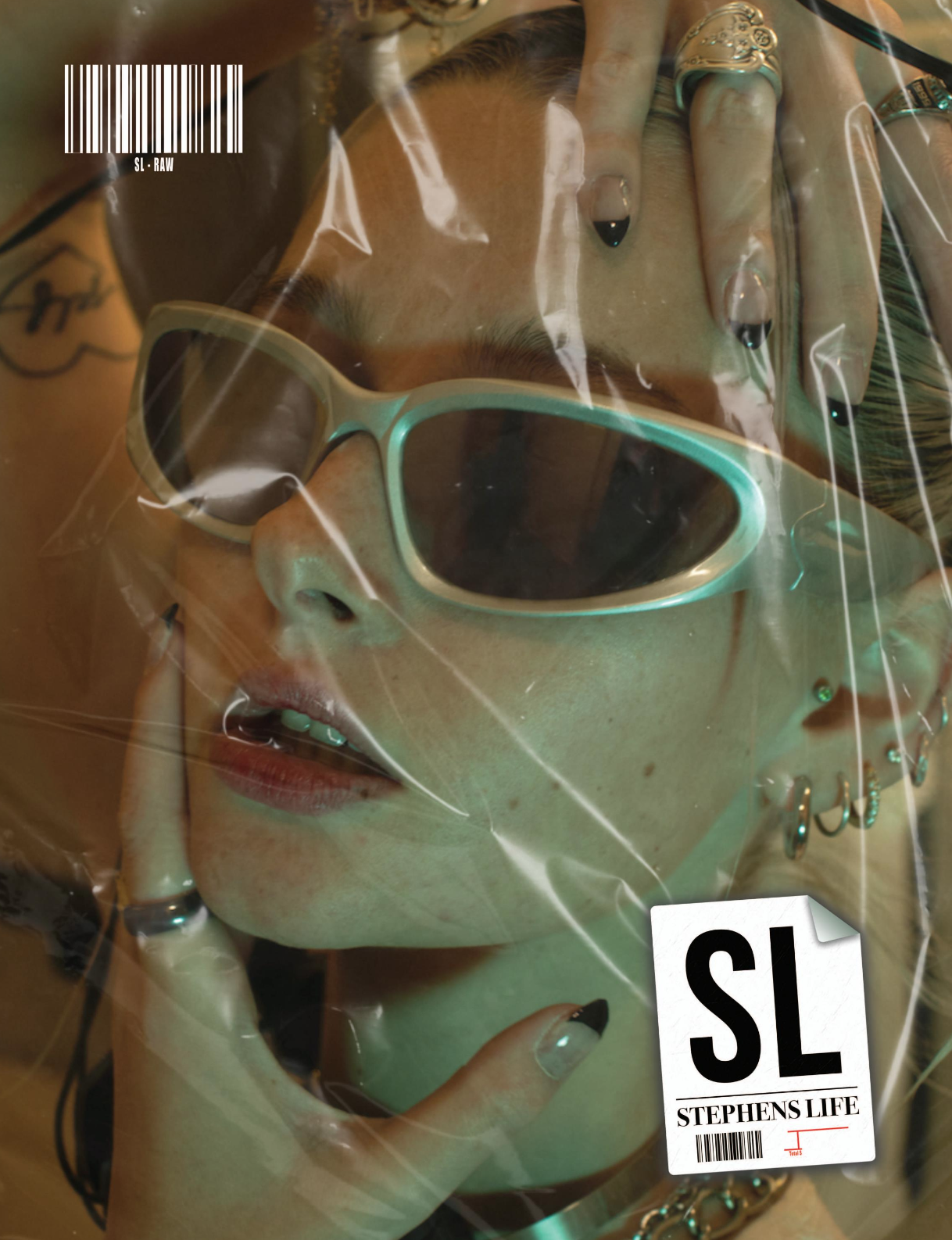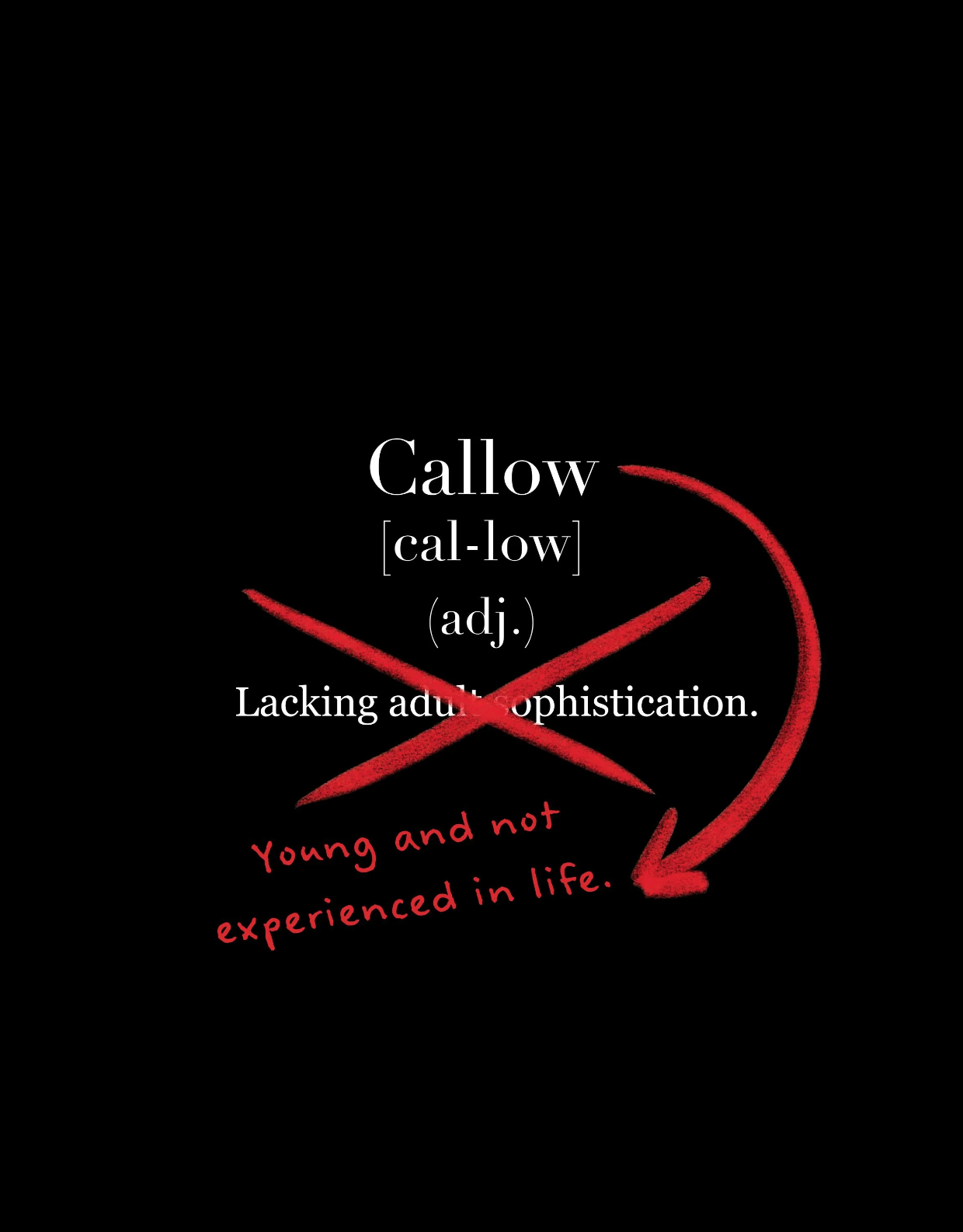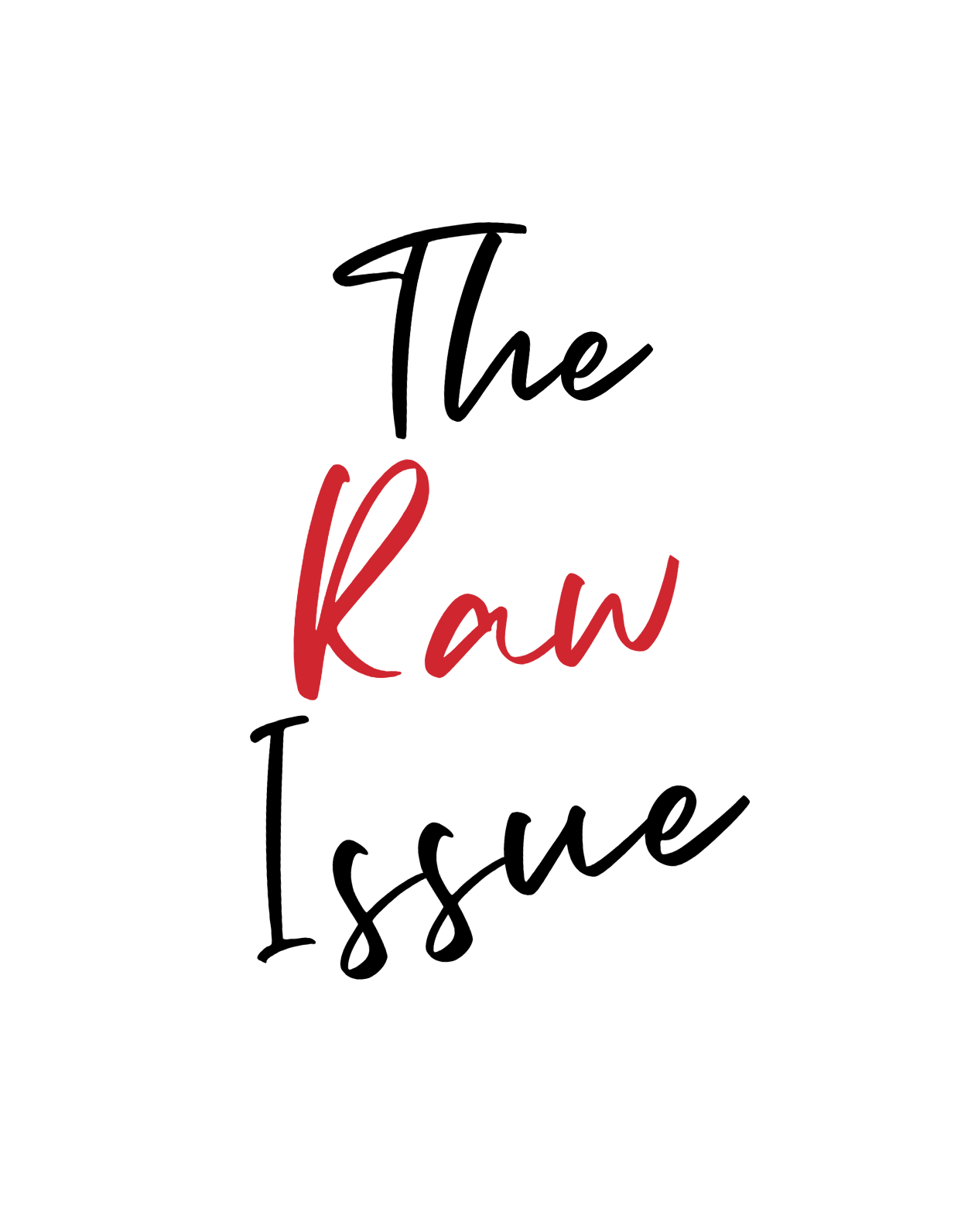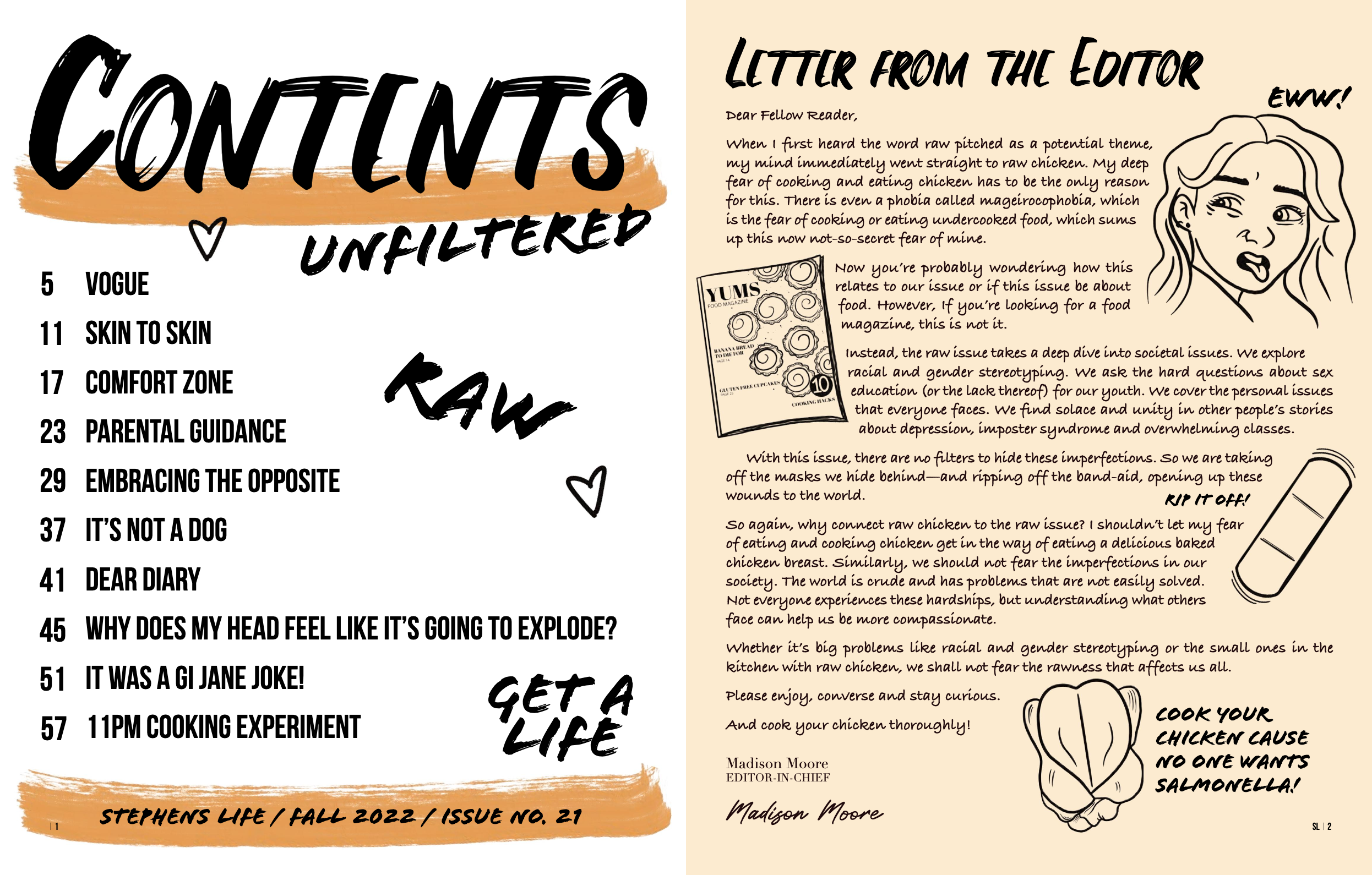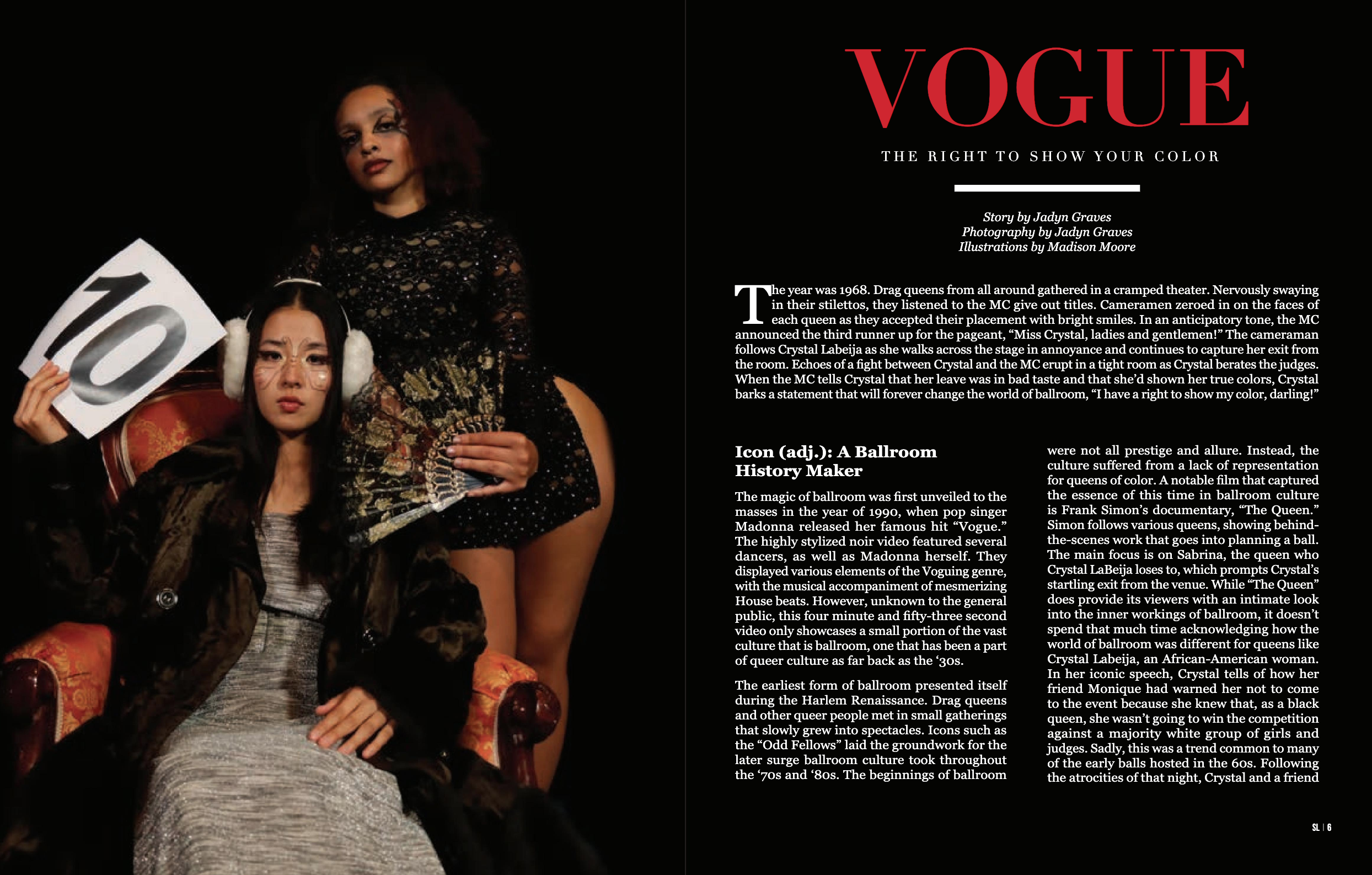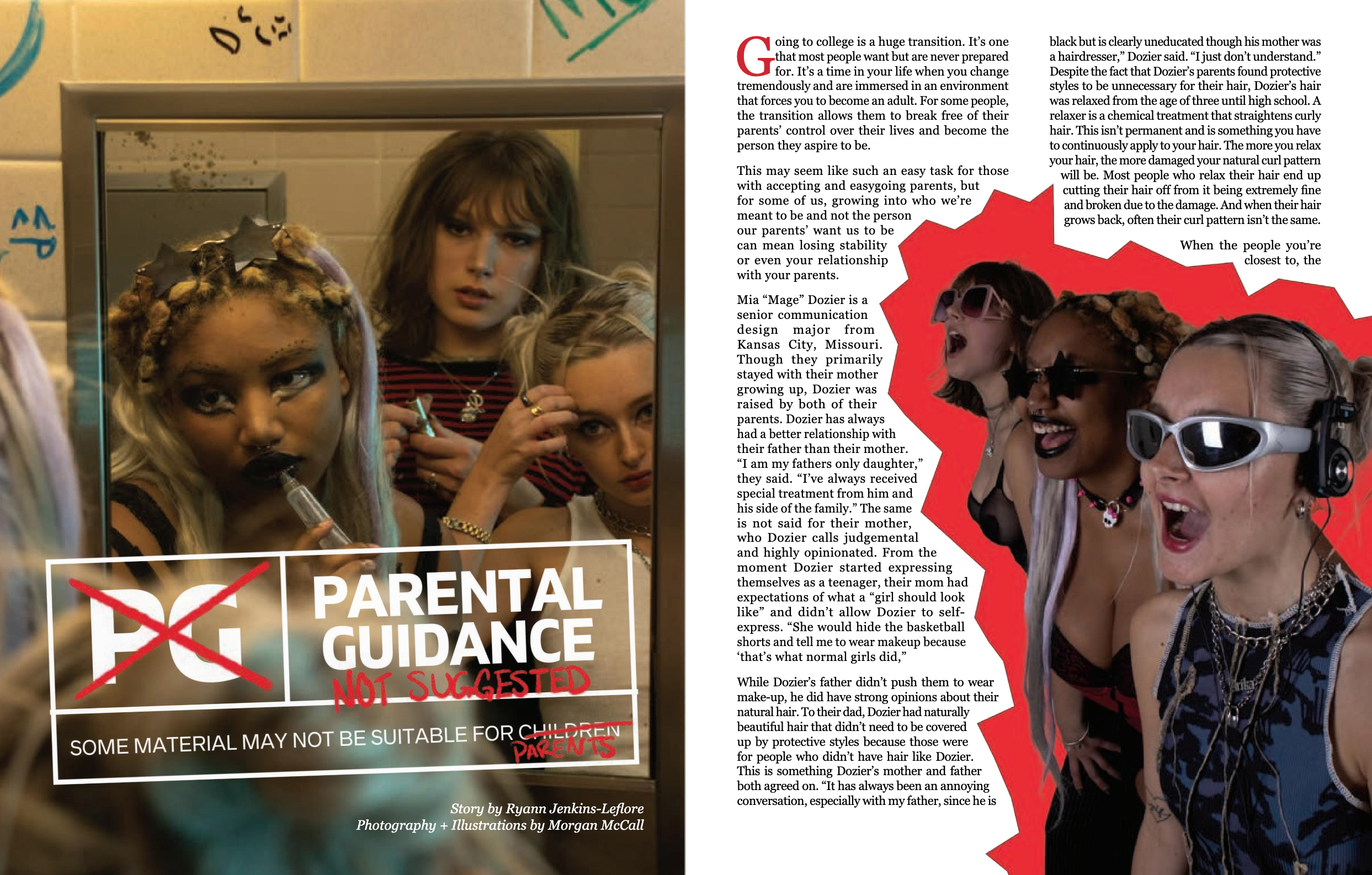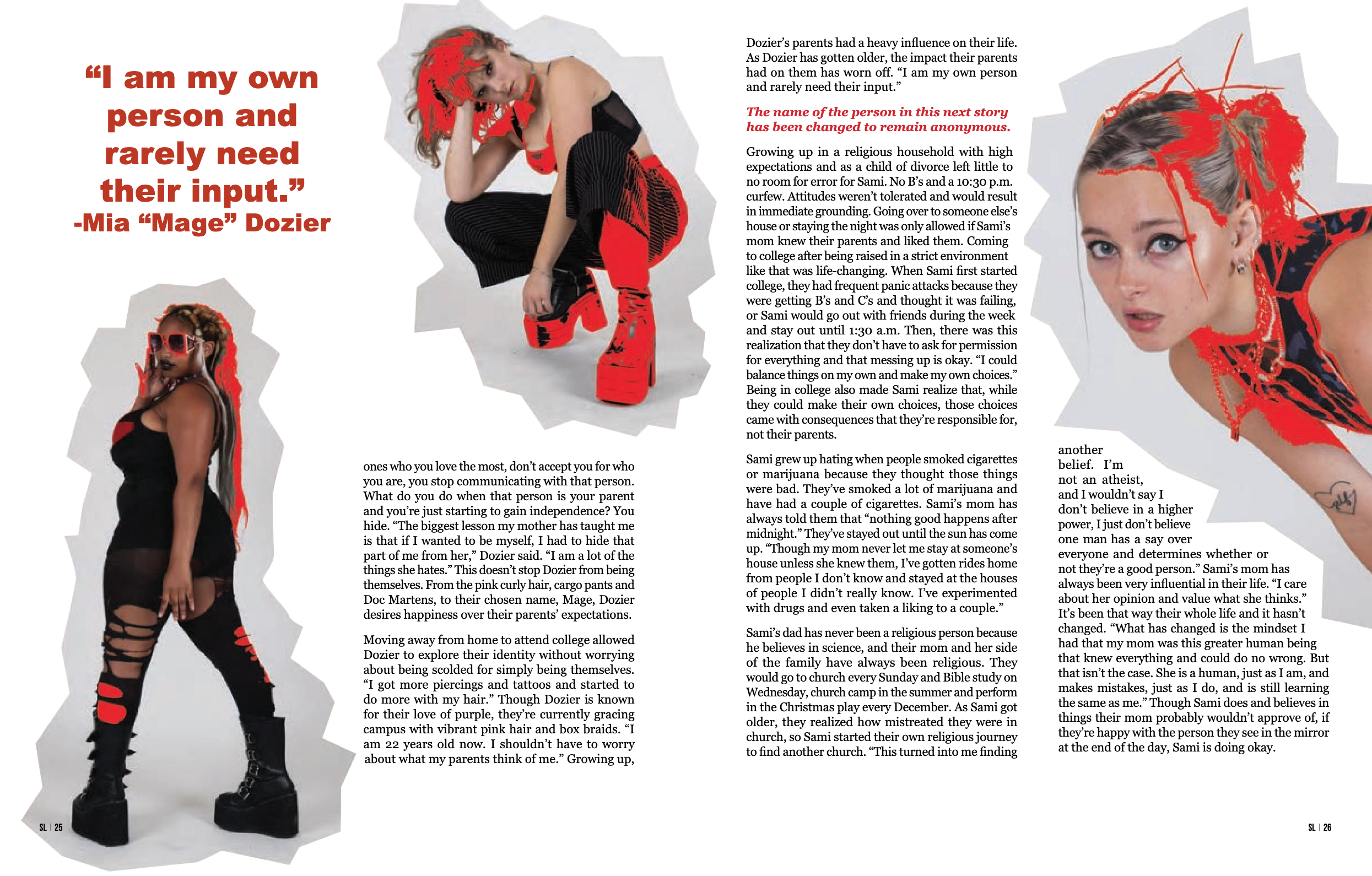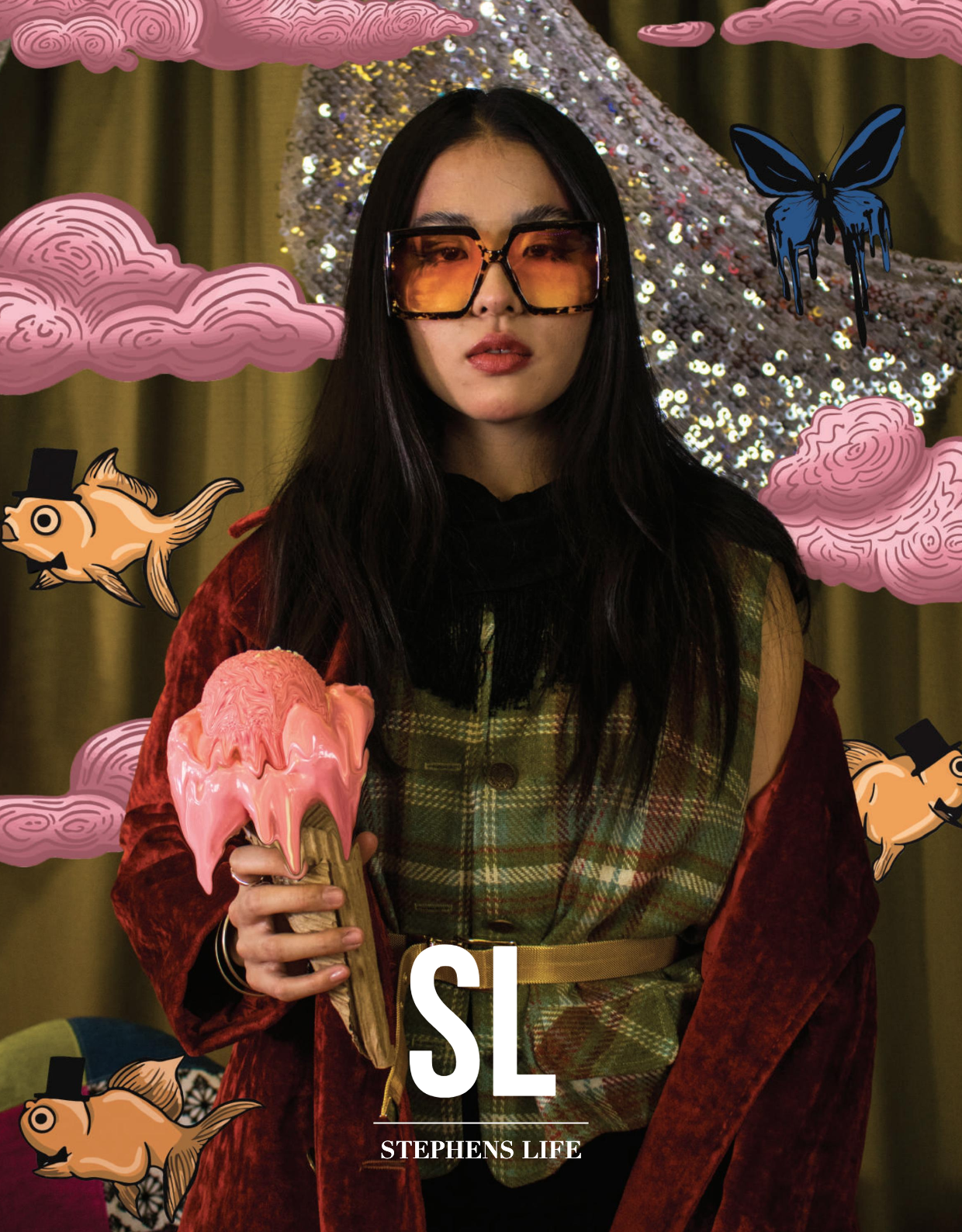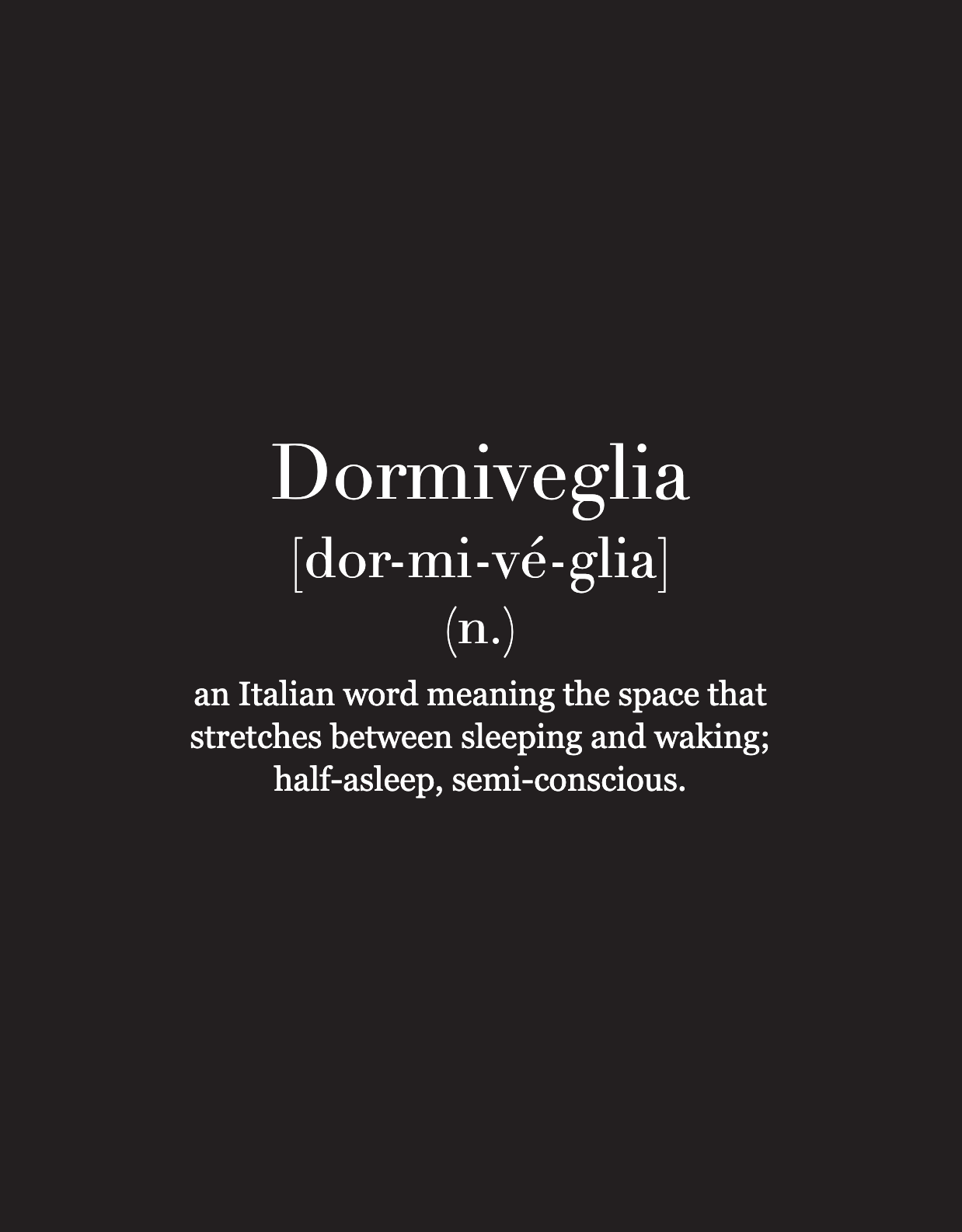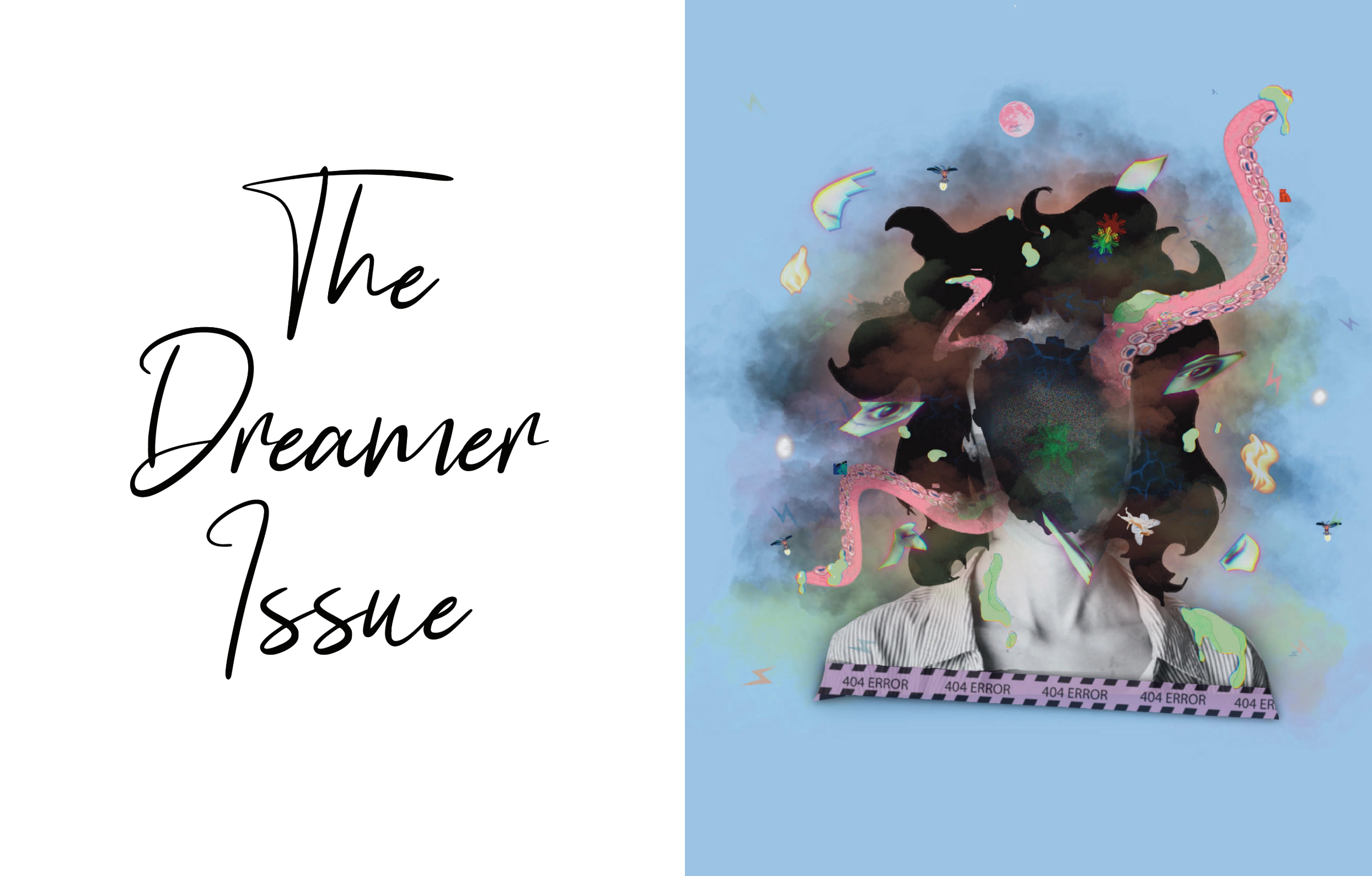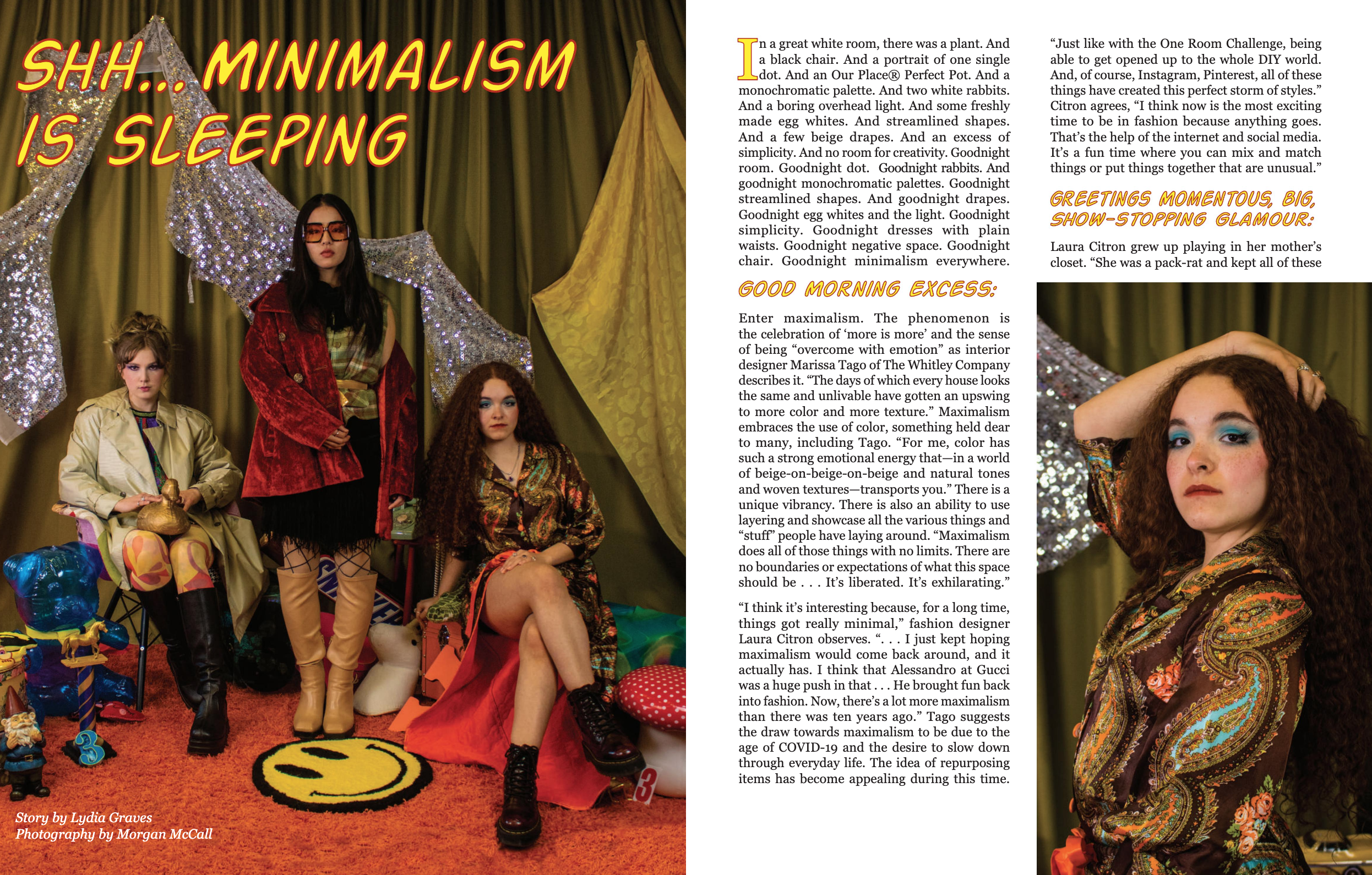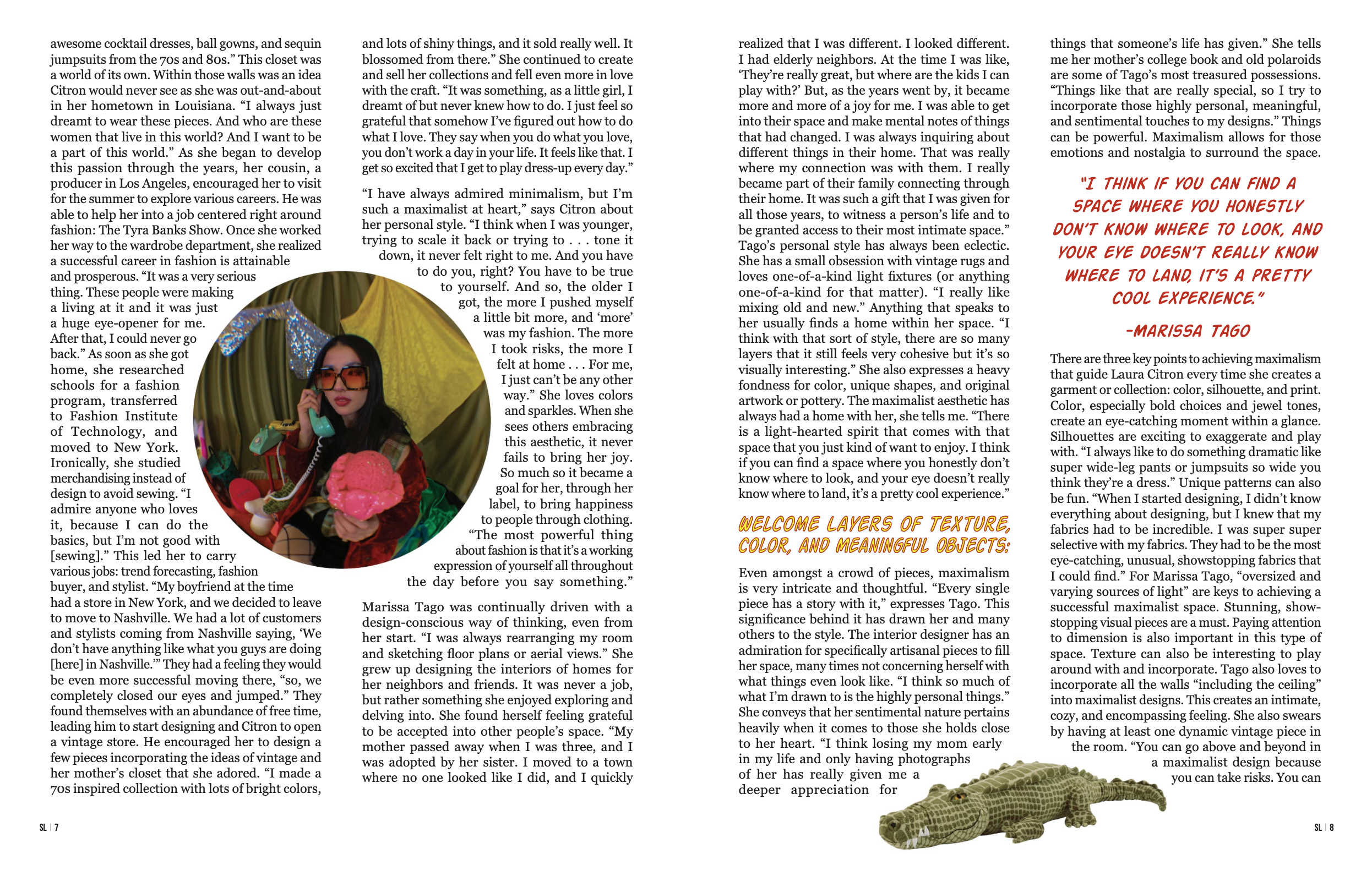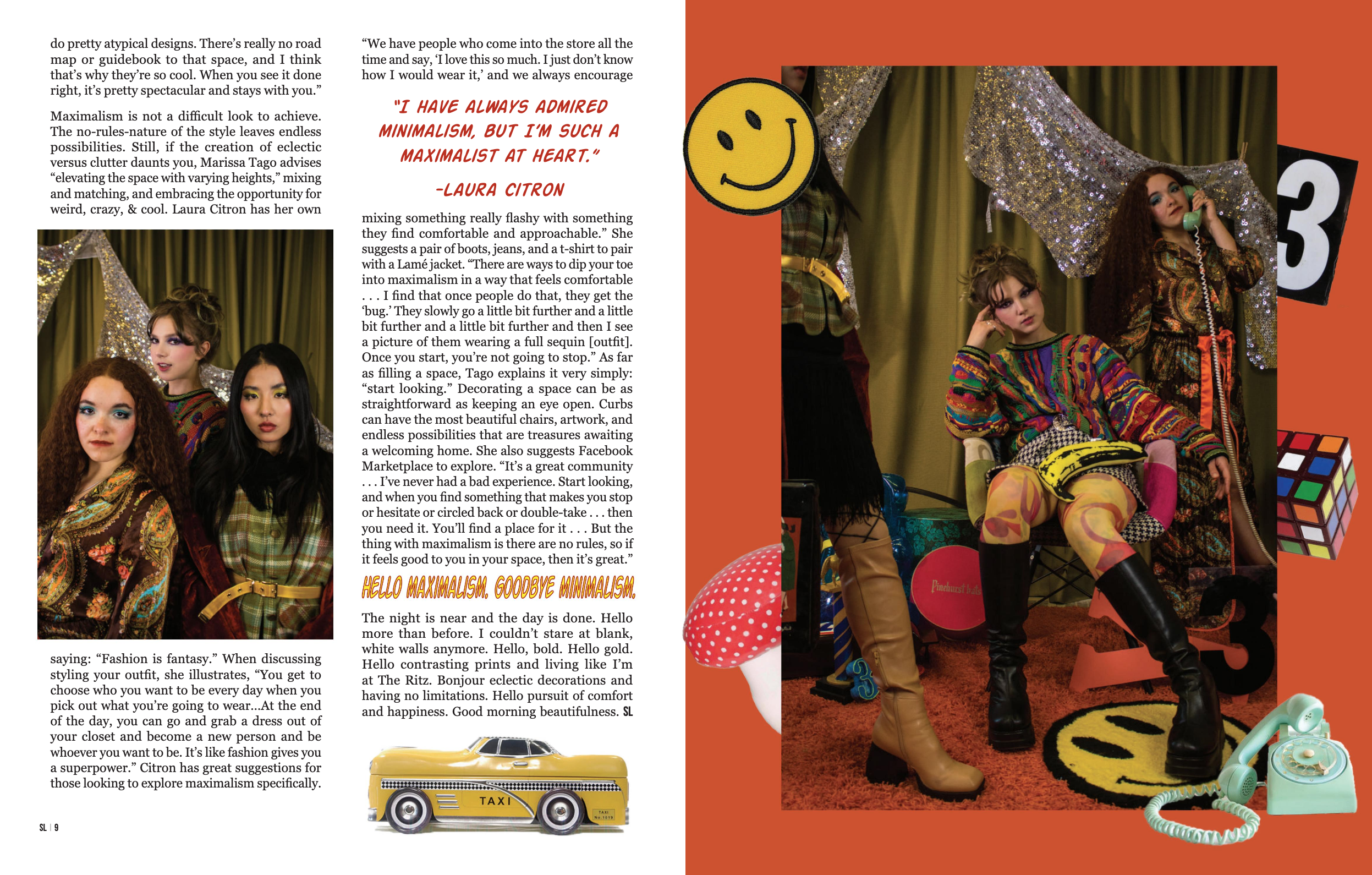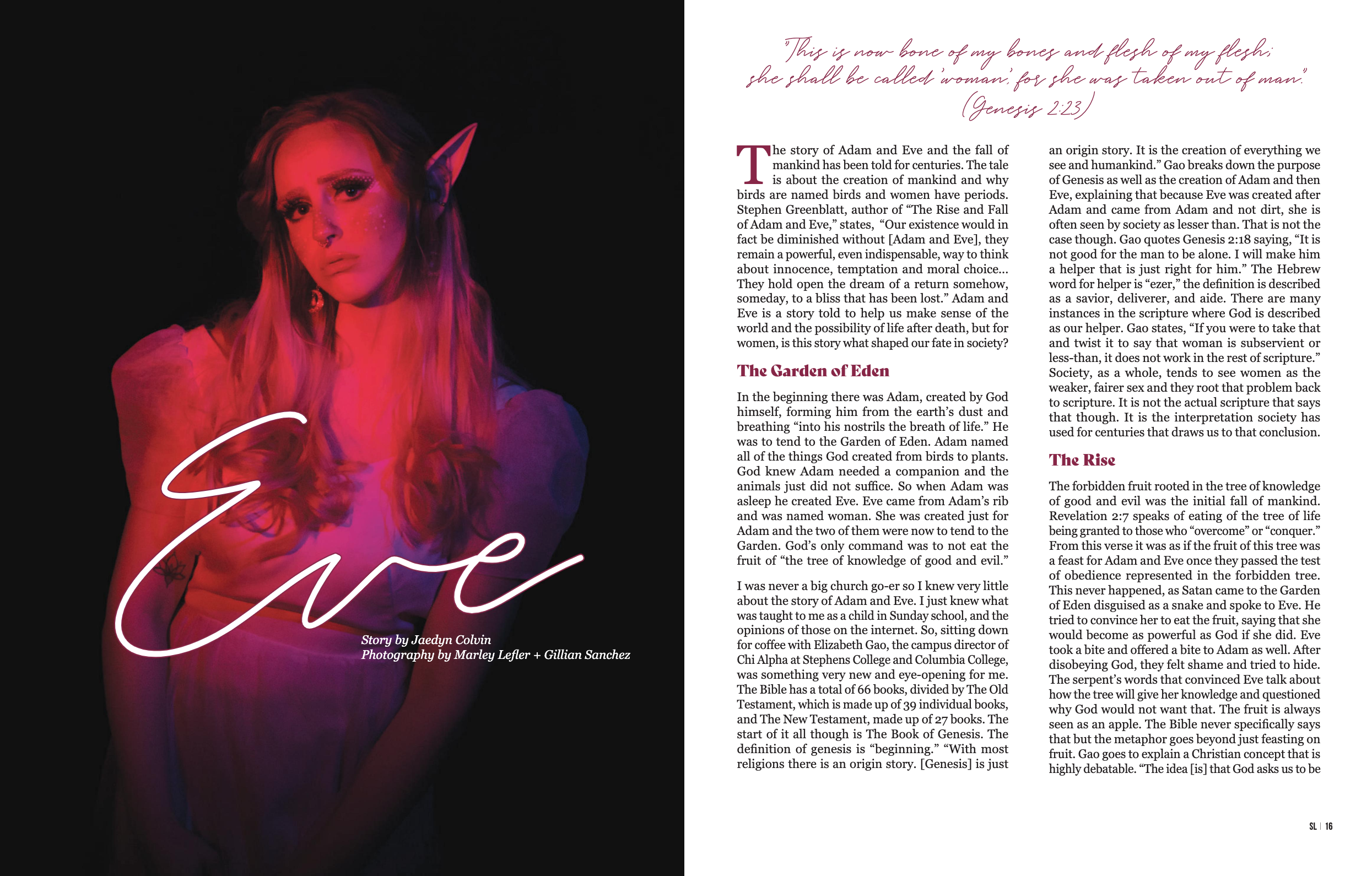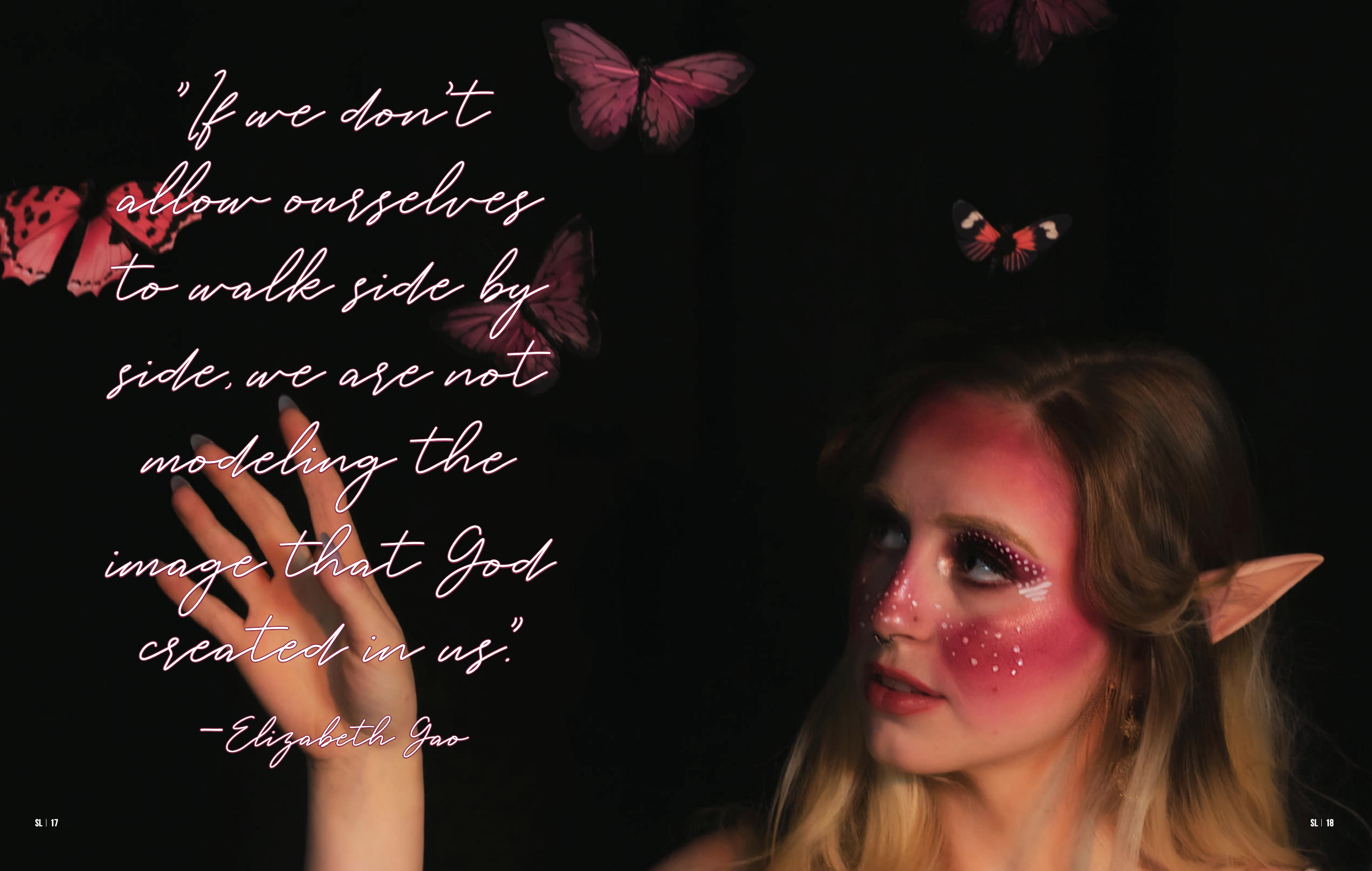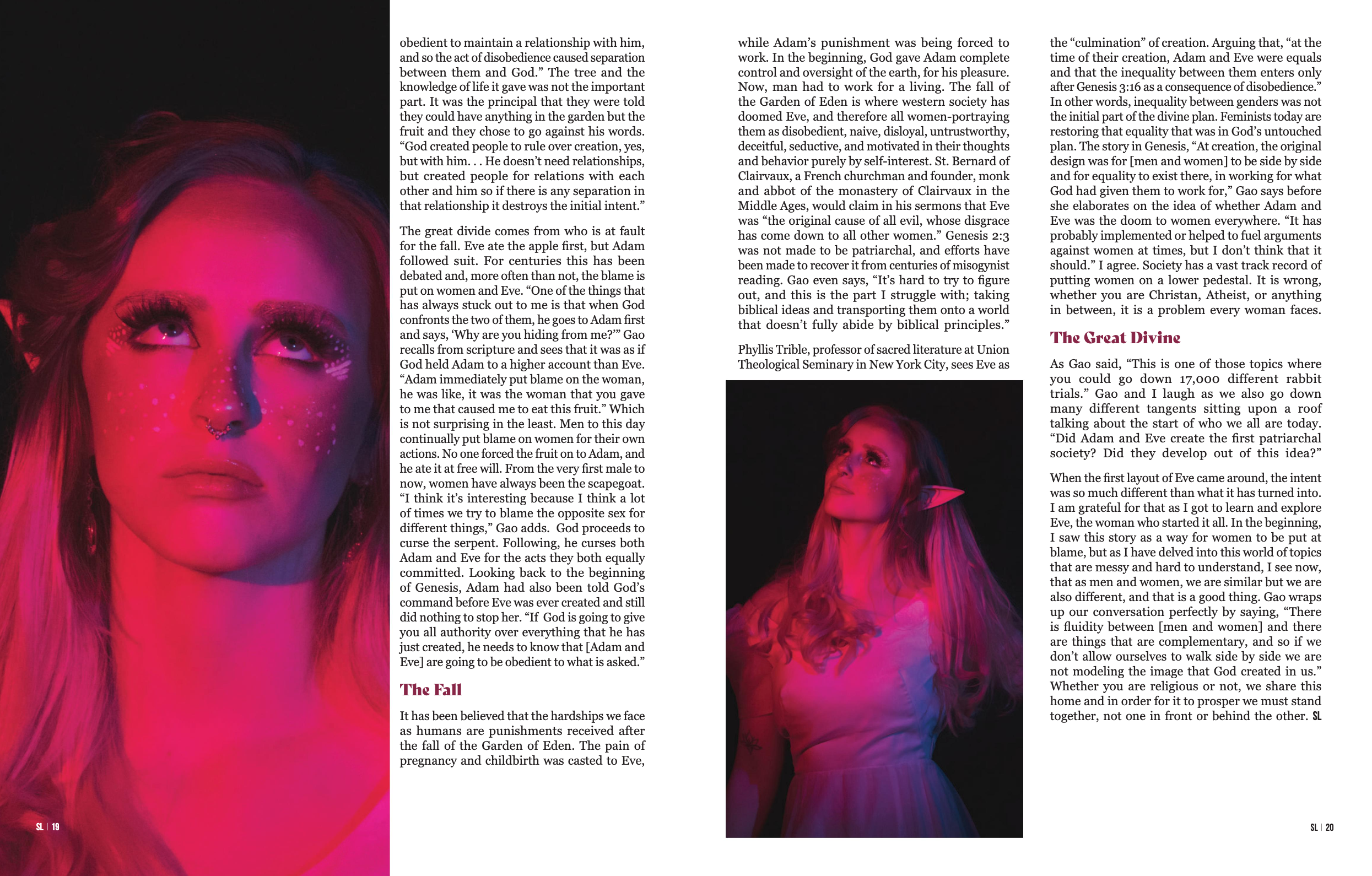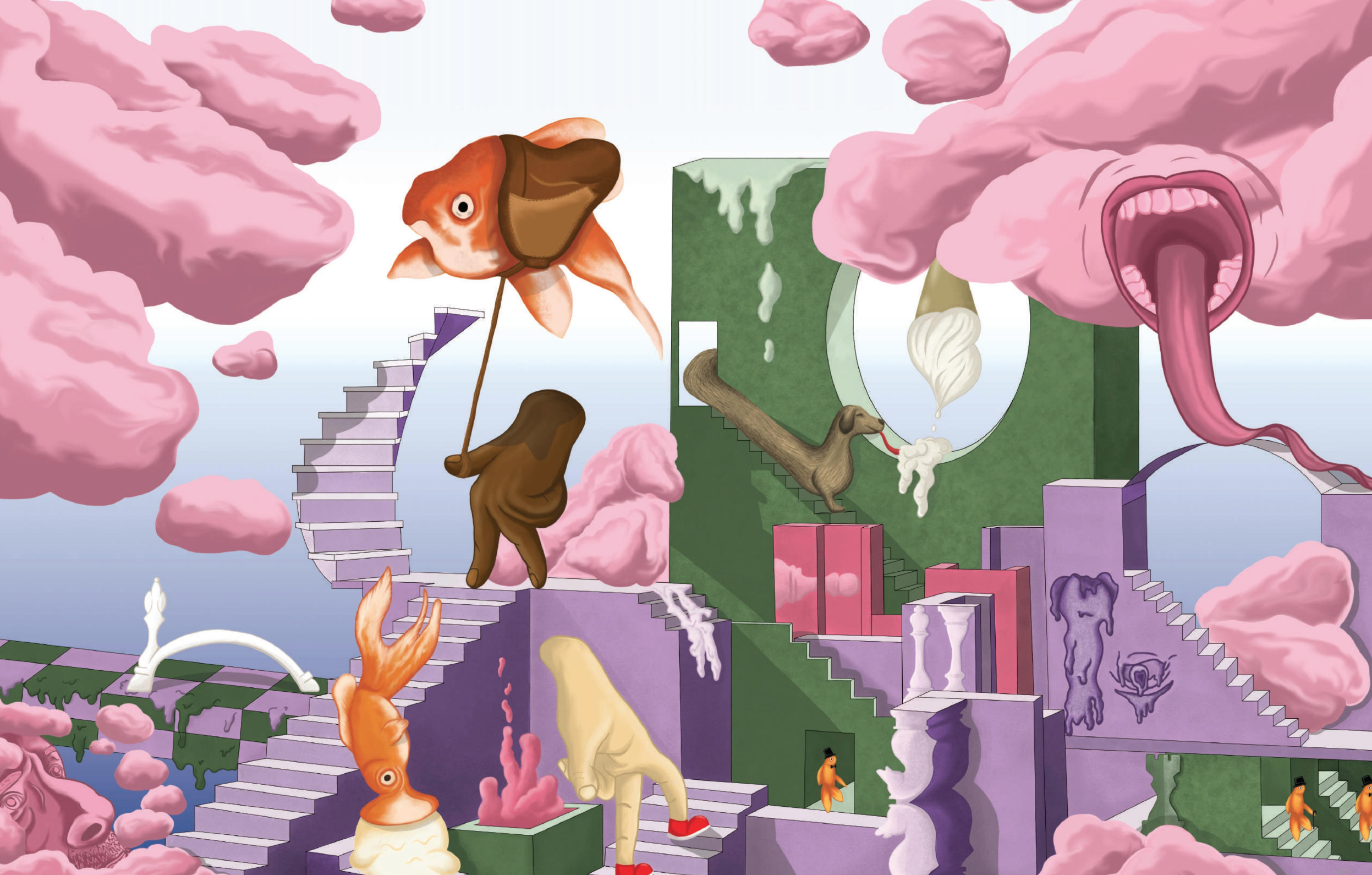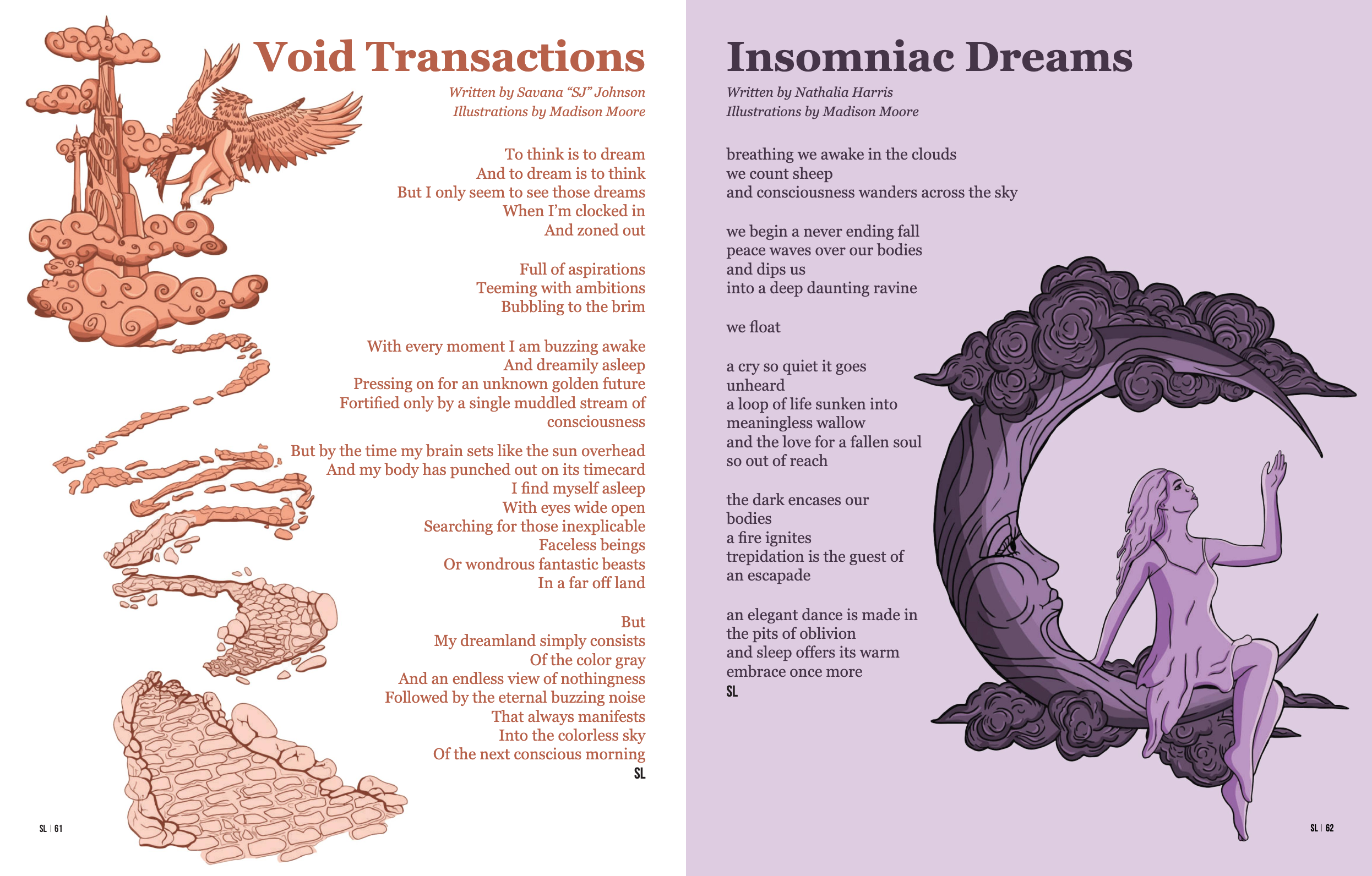Publication Design | Student Work
The word publication is derived from the Latin word publicus, meaning "belonging to the people." It involves using words and images within a printed format to communicate a message. Books, magazines, posters, and newspapers are types of printed work we come into contact with most often, but the history of publishing began thousands of years ago. Prehistoric people used cave painting to depict life events. Those images evolved into pictorial symbols that created systems of writing, such as hieroglyphics. These systems were then condensed into characters, moving from abstract to linear and, eventually, the alphabets used today. Mass production of printed works with the invention of movable type and the printing press brought messages to people with unprecedented expediency. Printed publications offer a unique opportunity to connect with audiences in a format that can be held, is tangible, is present, and not backlit through a screen. The viewer has to be reached first, though - that's where research and great design comes into play.
In my publication design coursework, an emphasis is placed on the elements and principles of design as well as the programs used to create the work. However, layout, typography, color, and imagery are only part of the process. Design must also be aligned to the intended audience. Through research, communication, and a perceptive eye, design gains a purpose - for the people.
Stephens Life Magazine
Stephens Life Magazine is produced every semester by students at Stephens College as part of a practicum class open by application to any major. The practicum simulates a real-world publishing environment where students take on the roles of creative director, art director, graphic designer, photographer, or writer and work together to produce a high quality magazine publication. From pitching articles to selling ad space to final production and public issue launch, staff earn essential experience for the world of professional publishing.


























